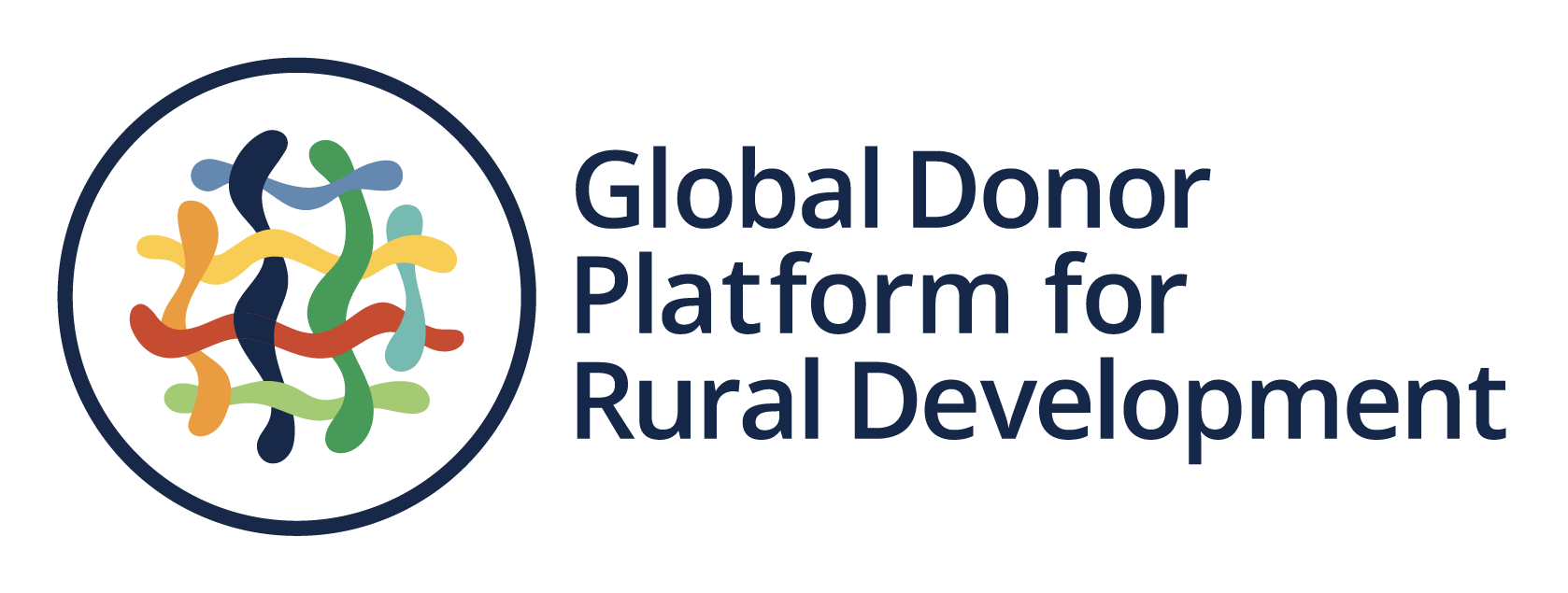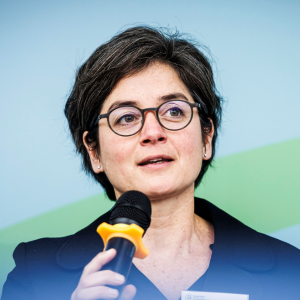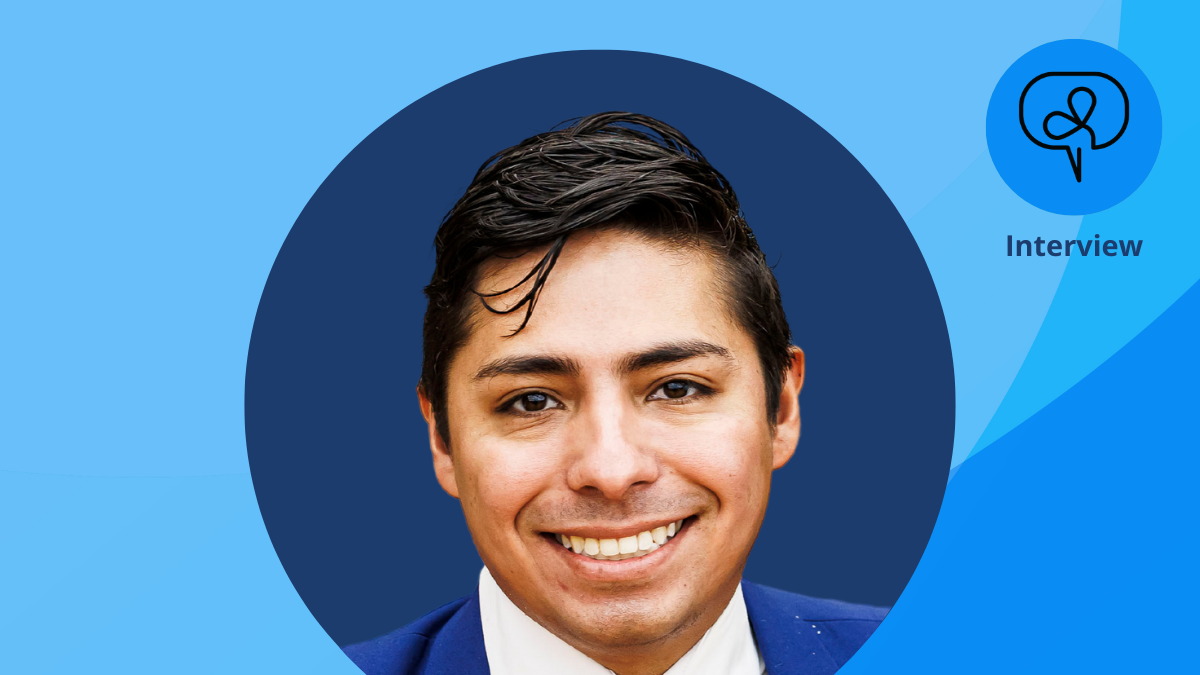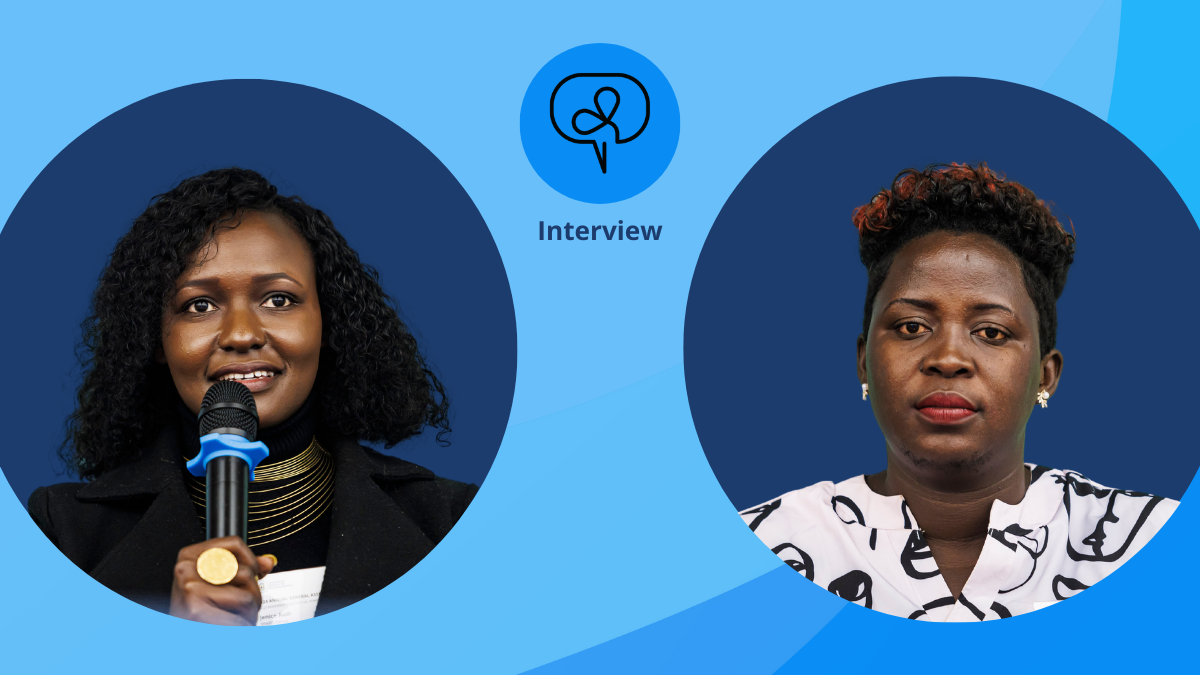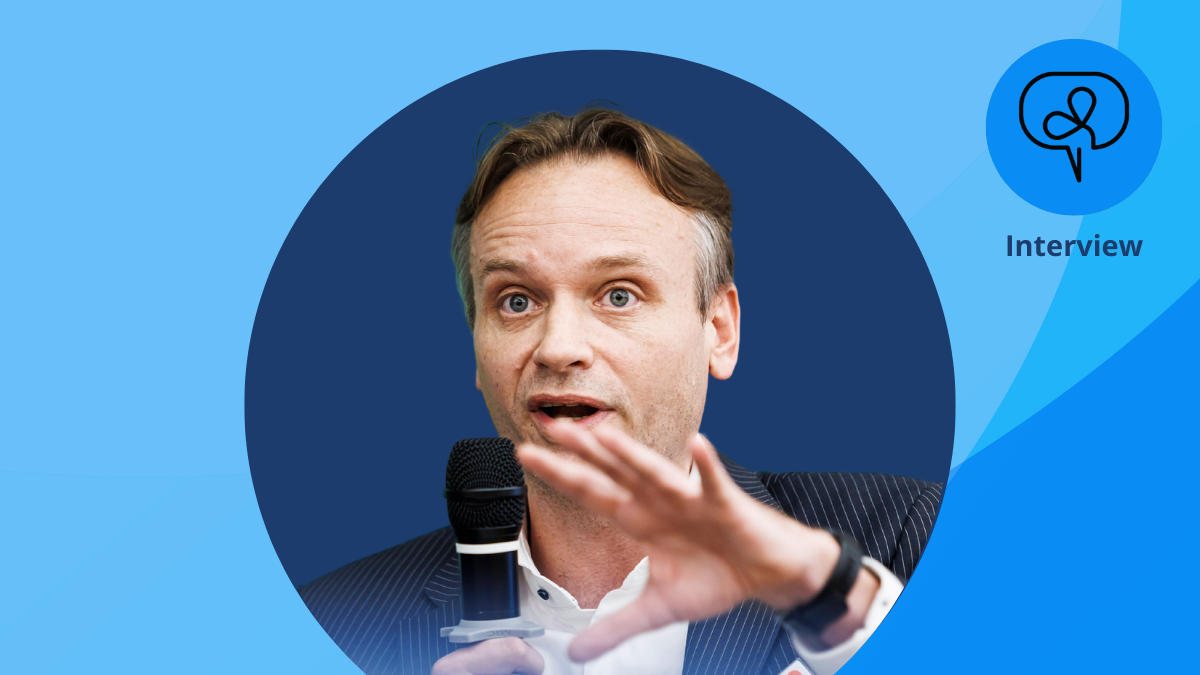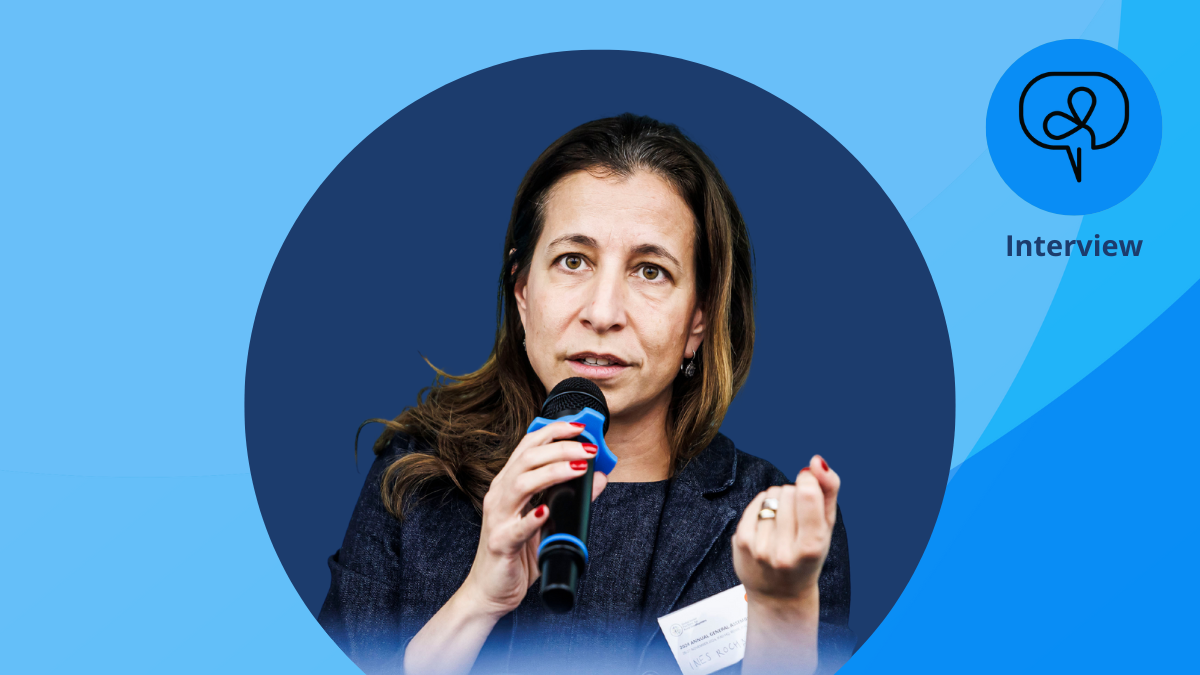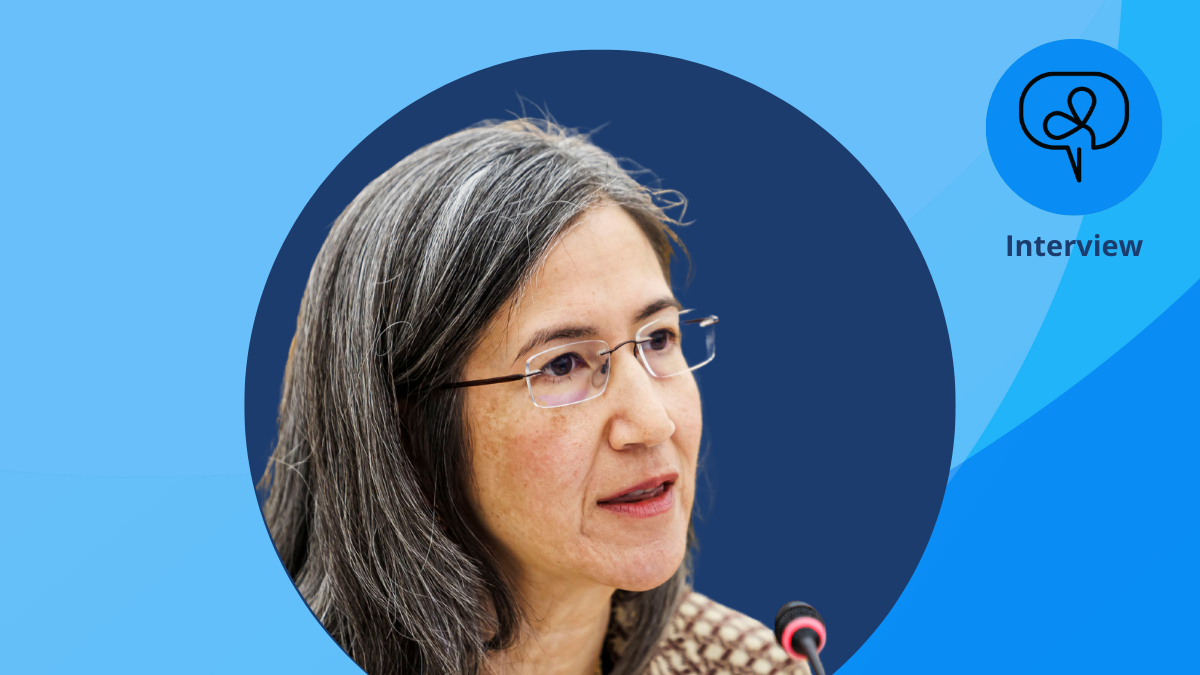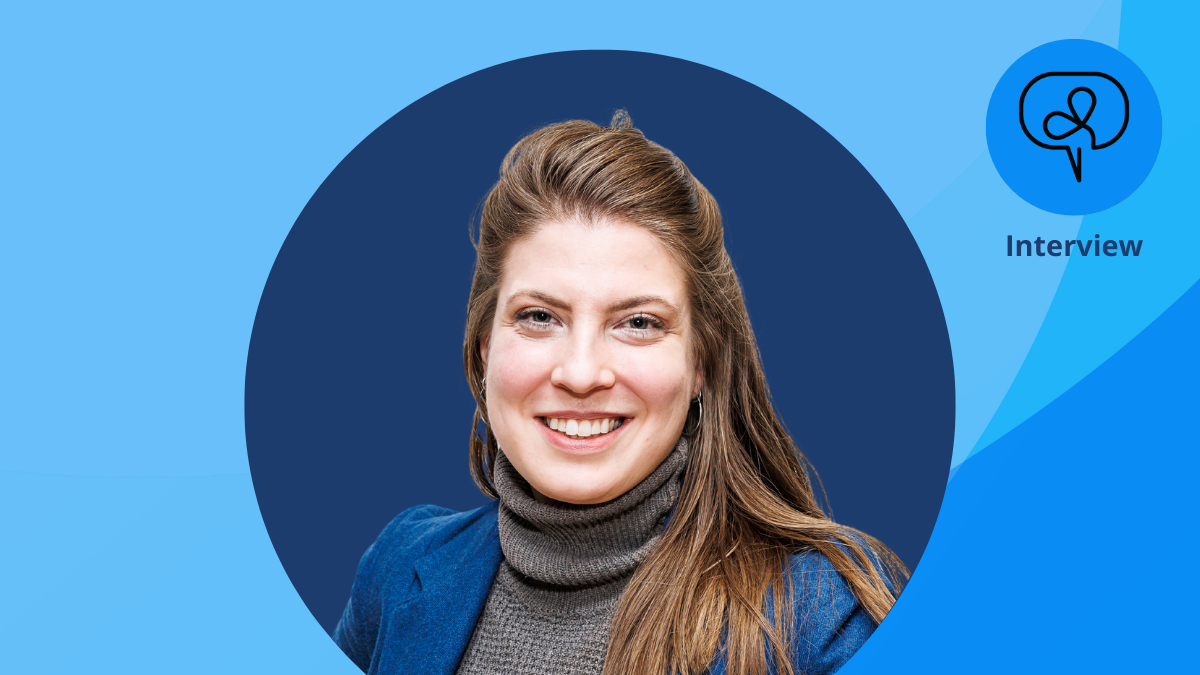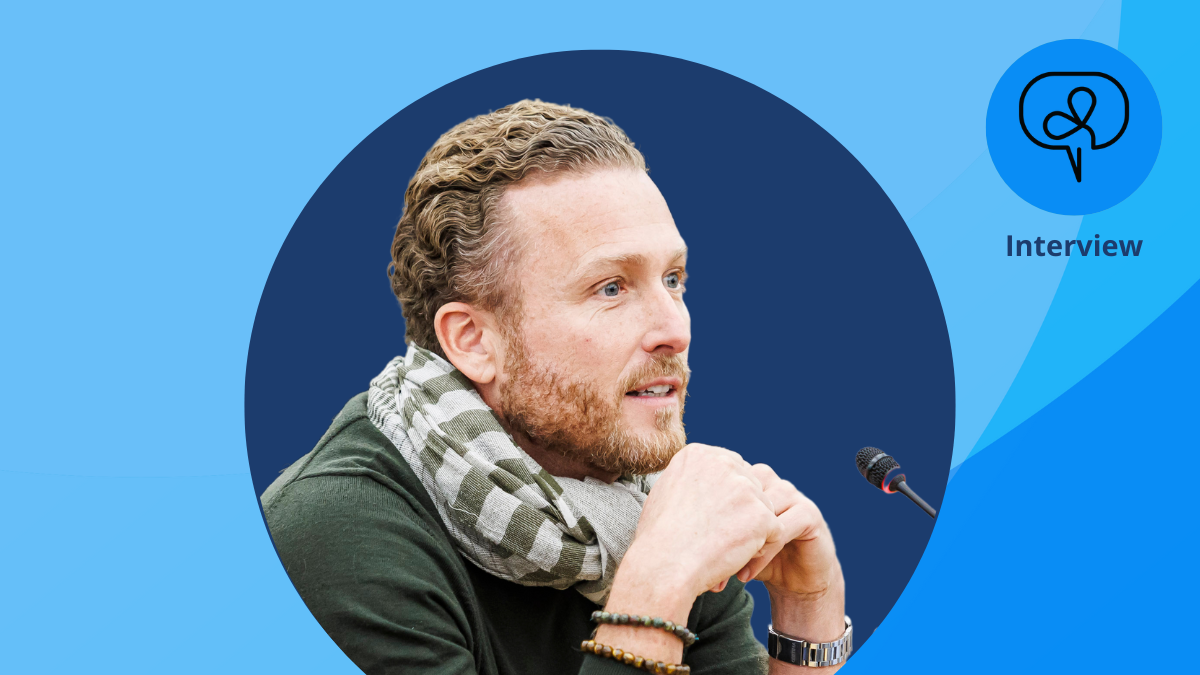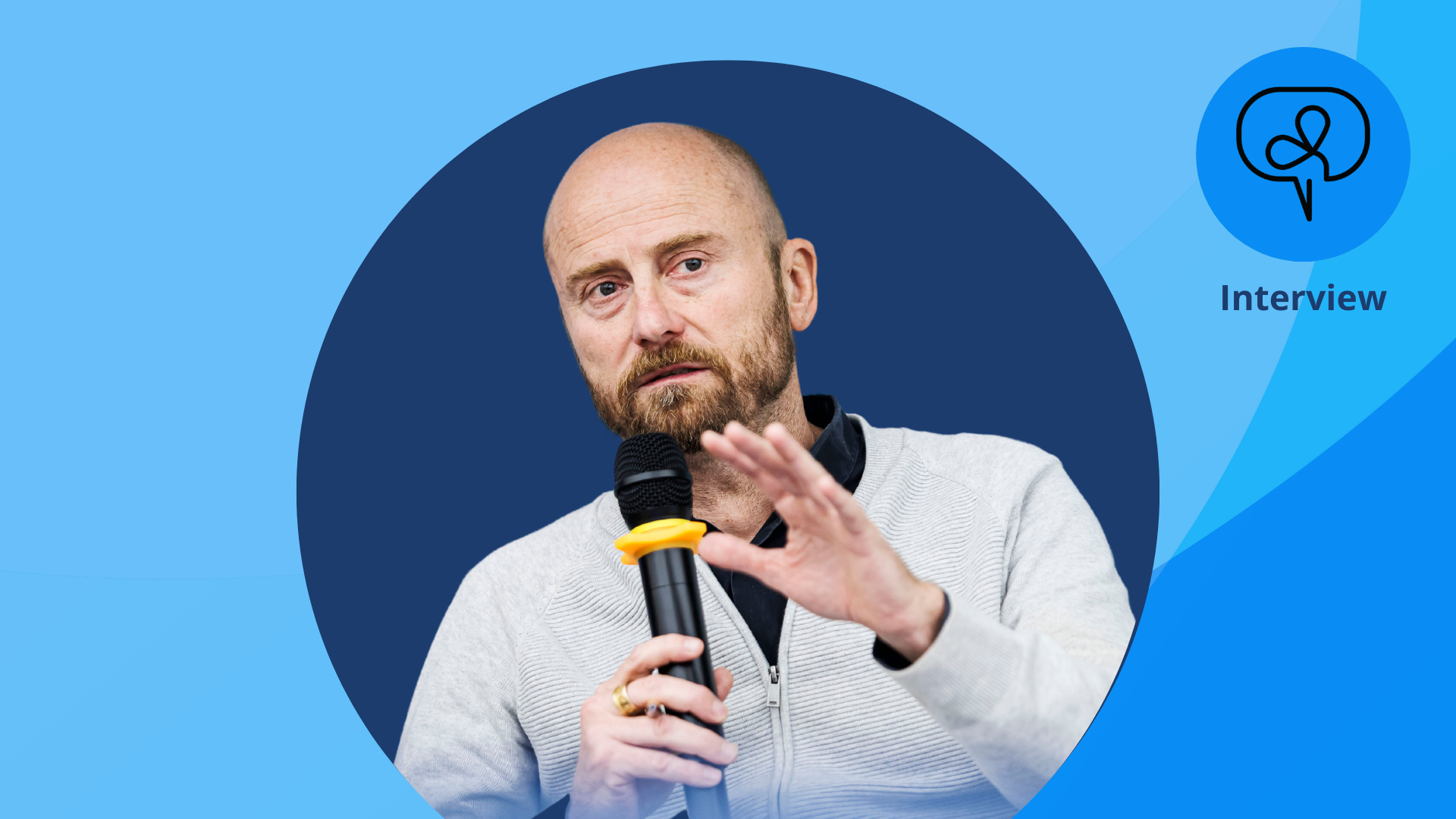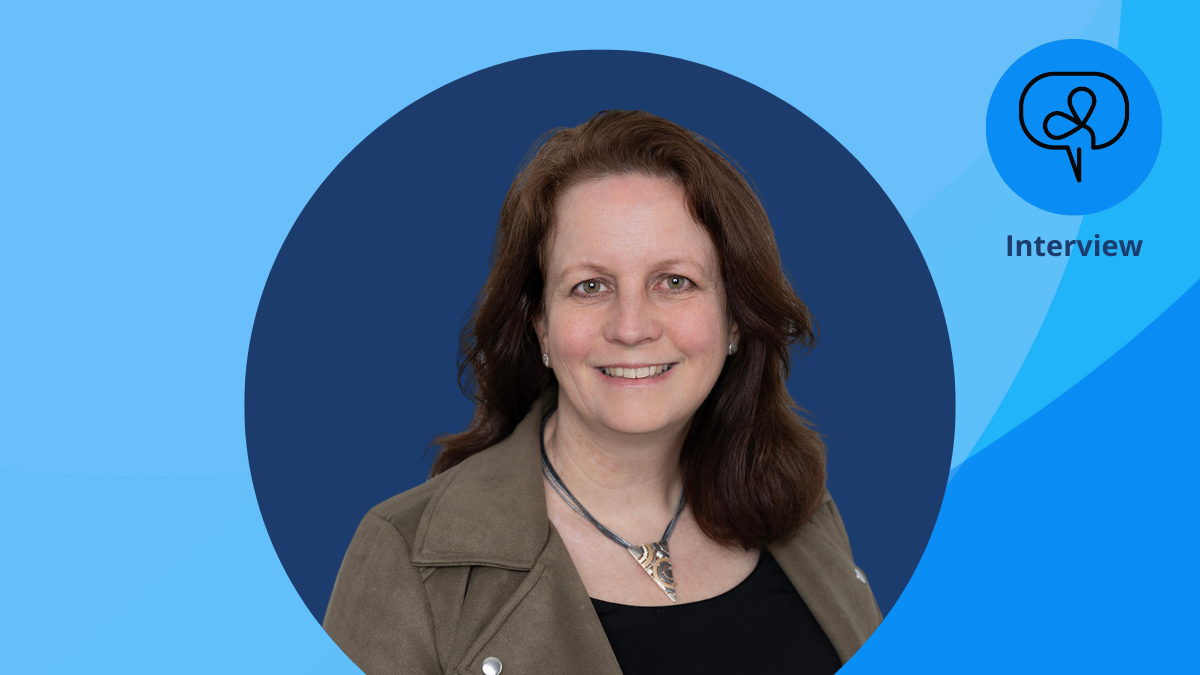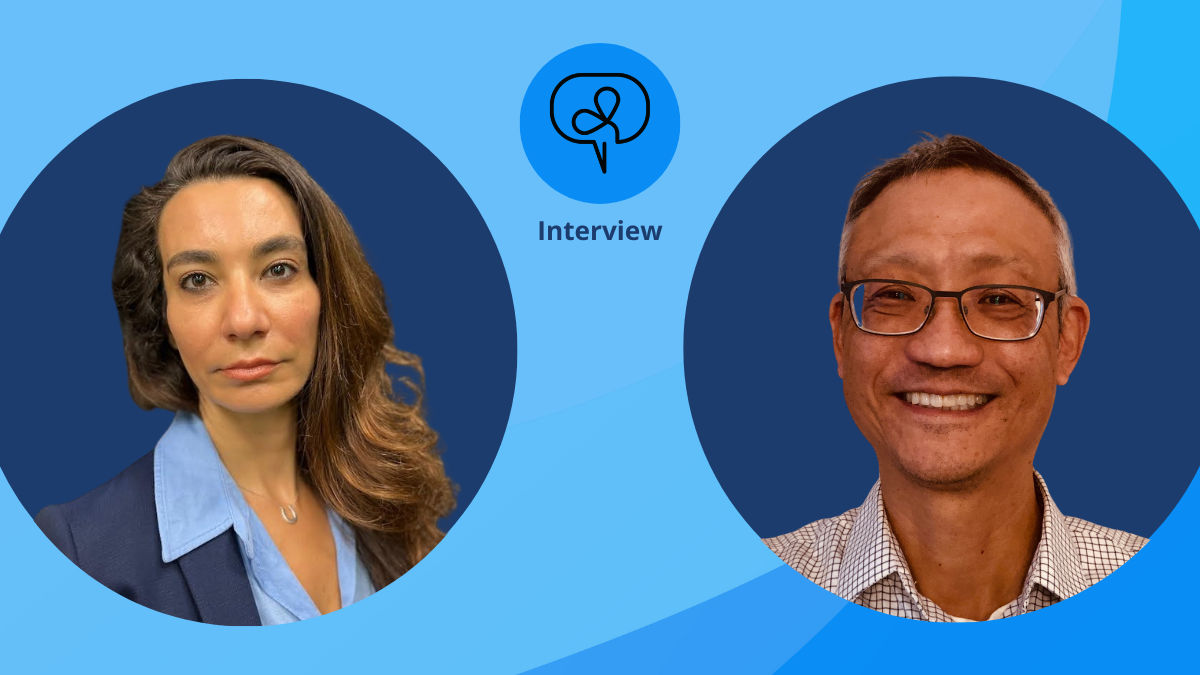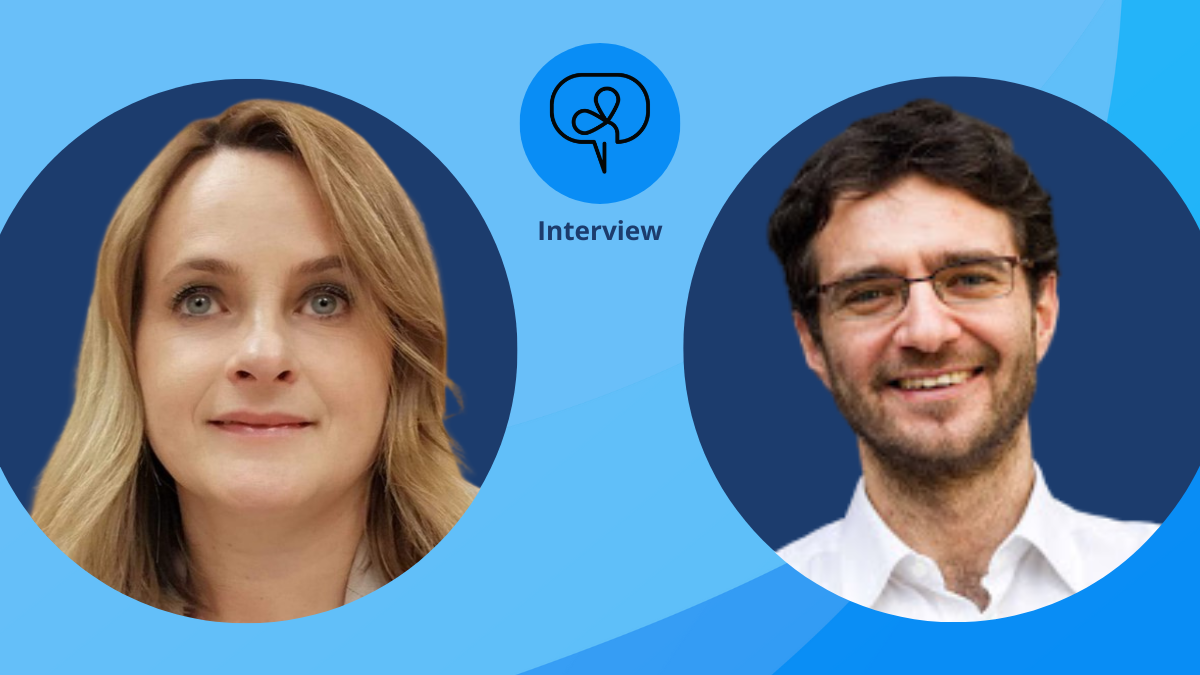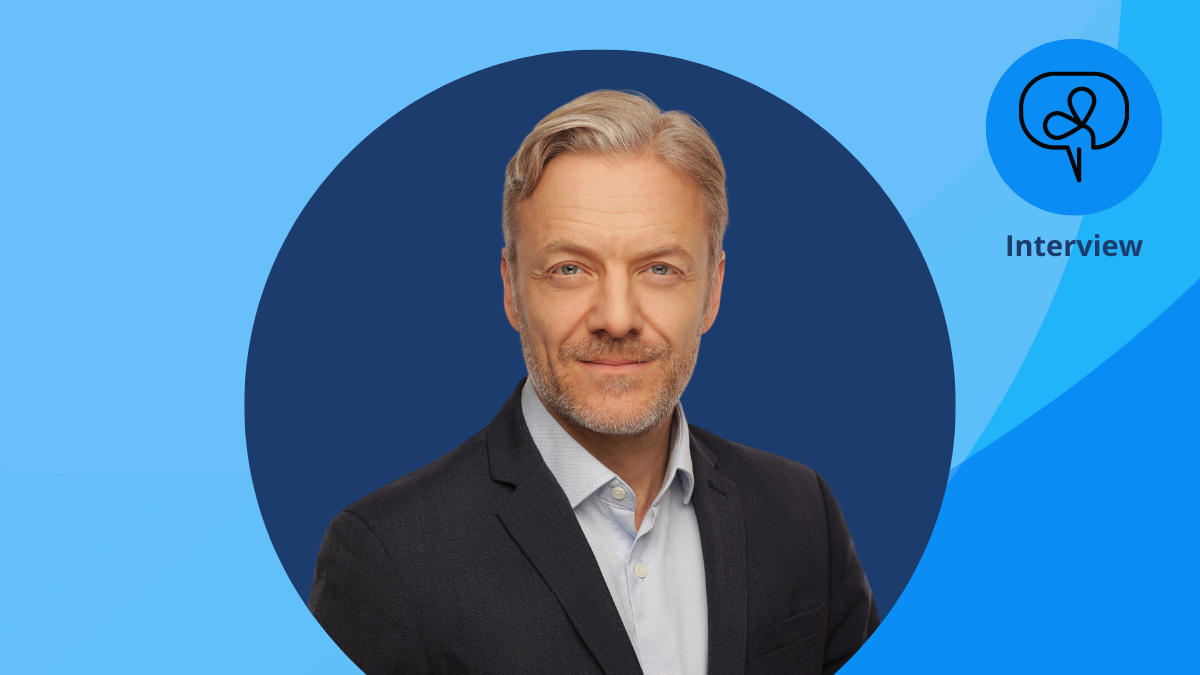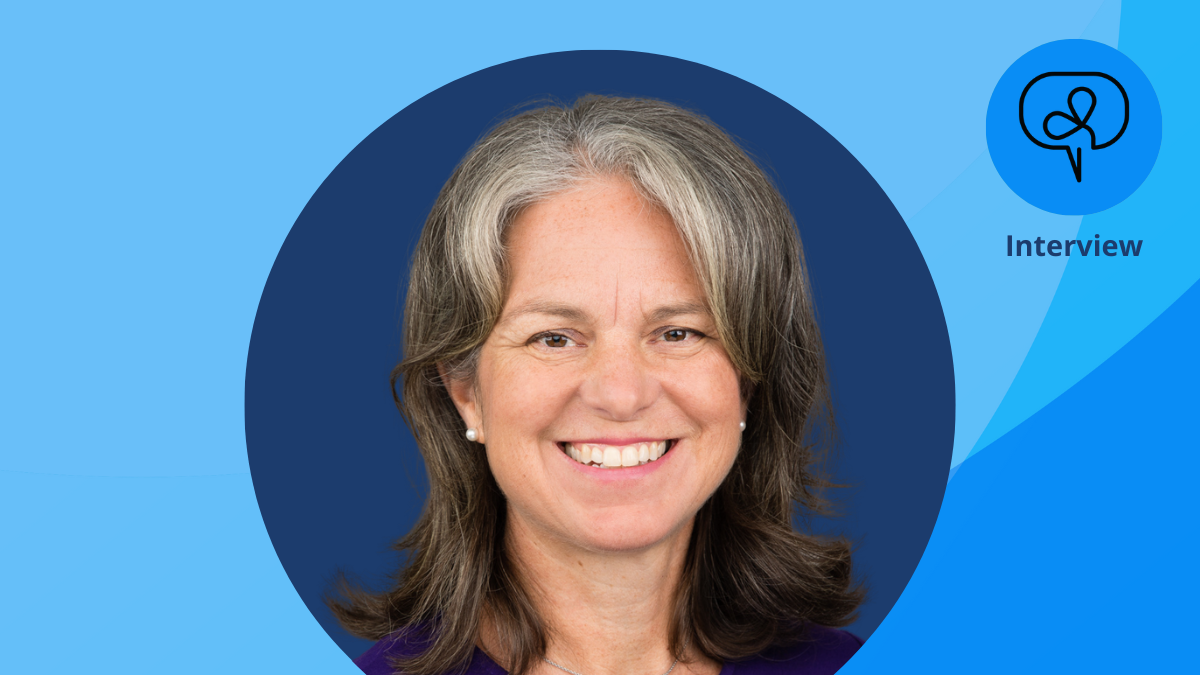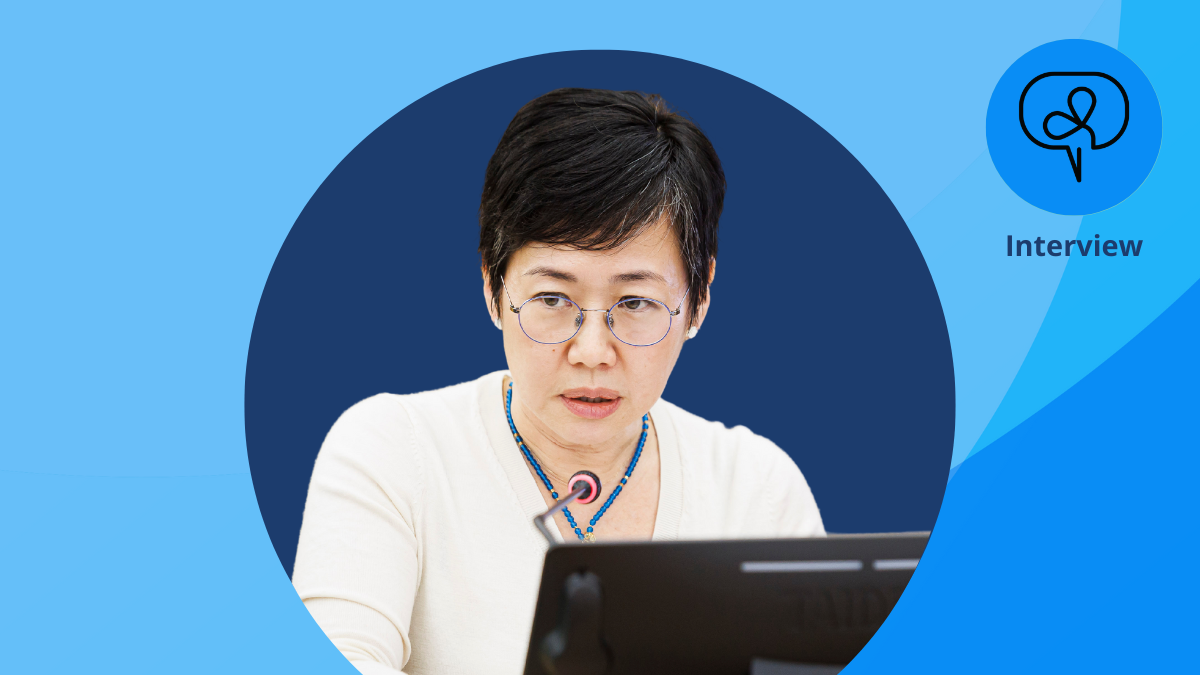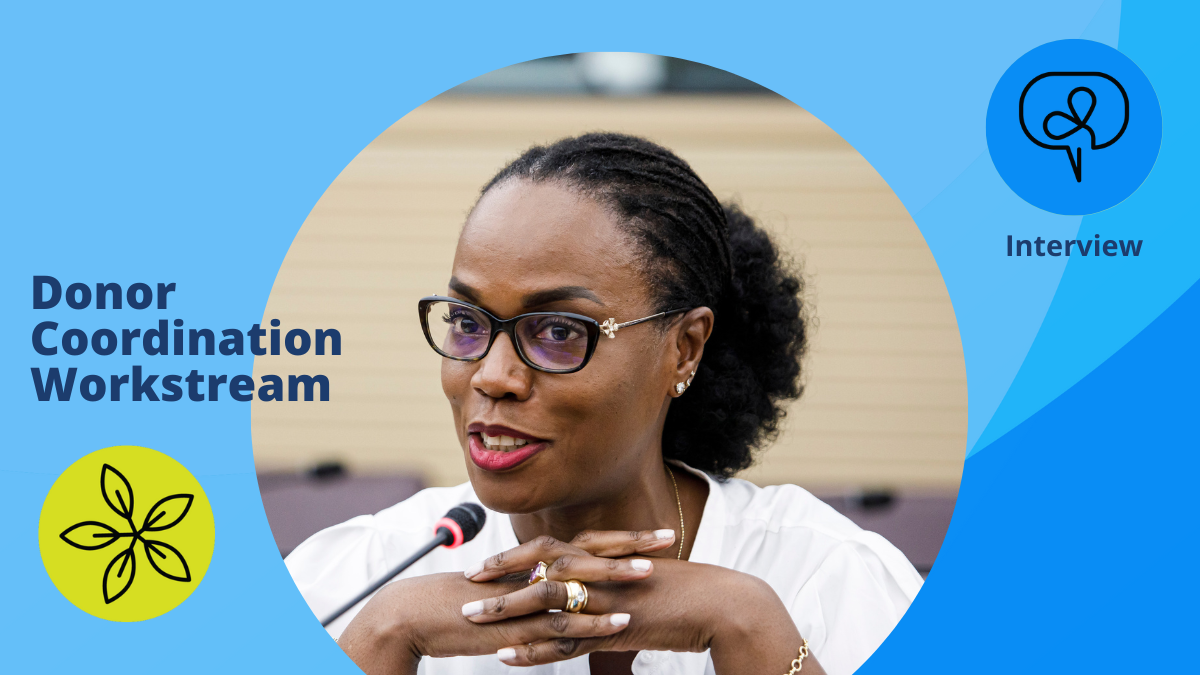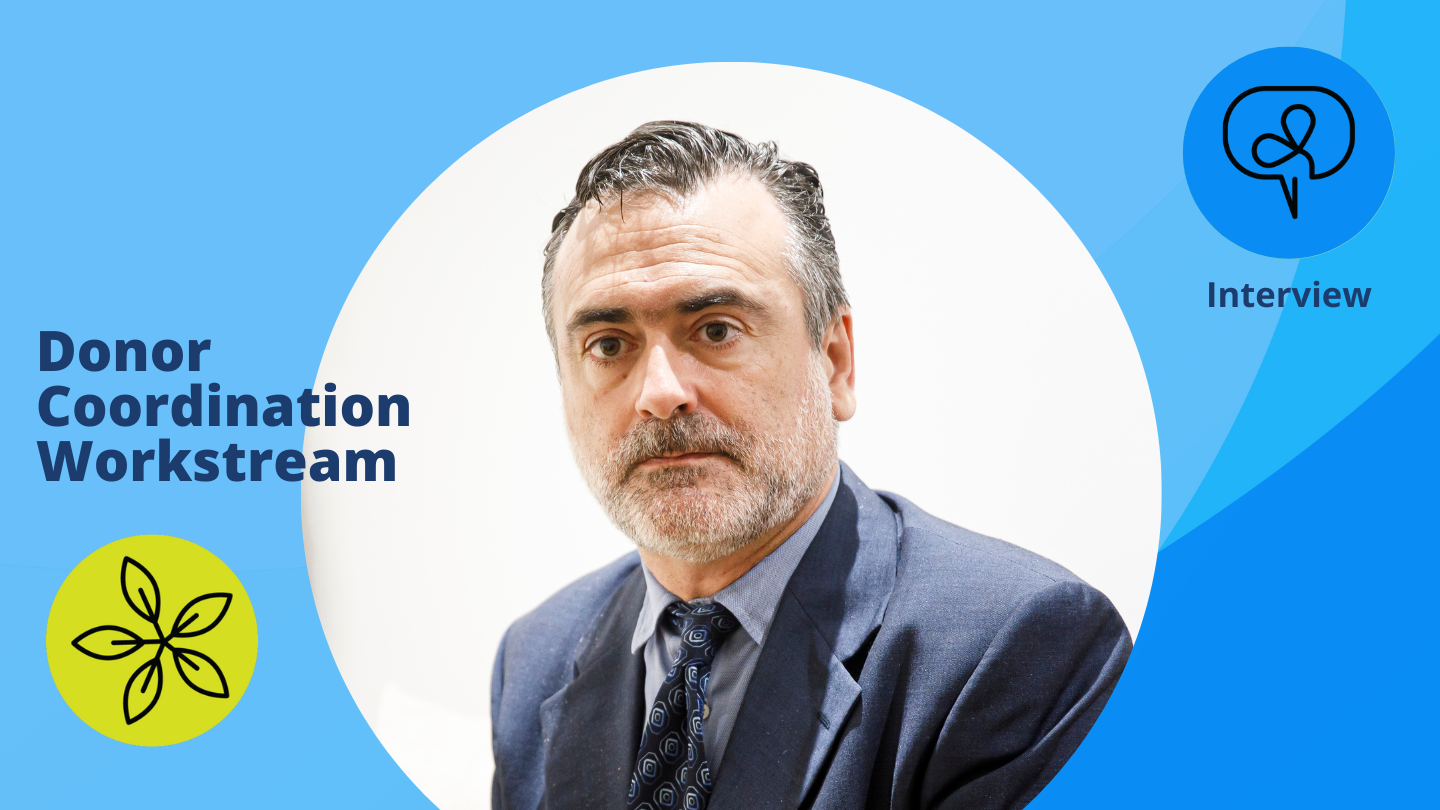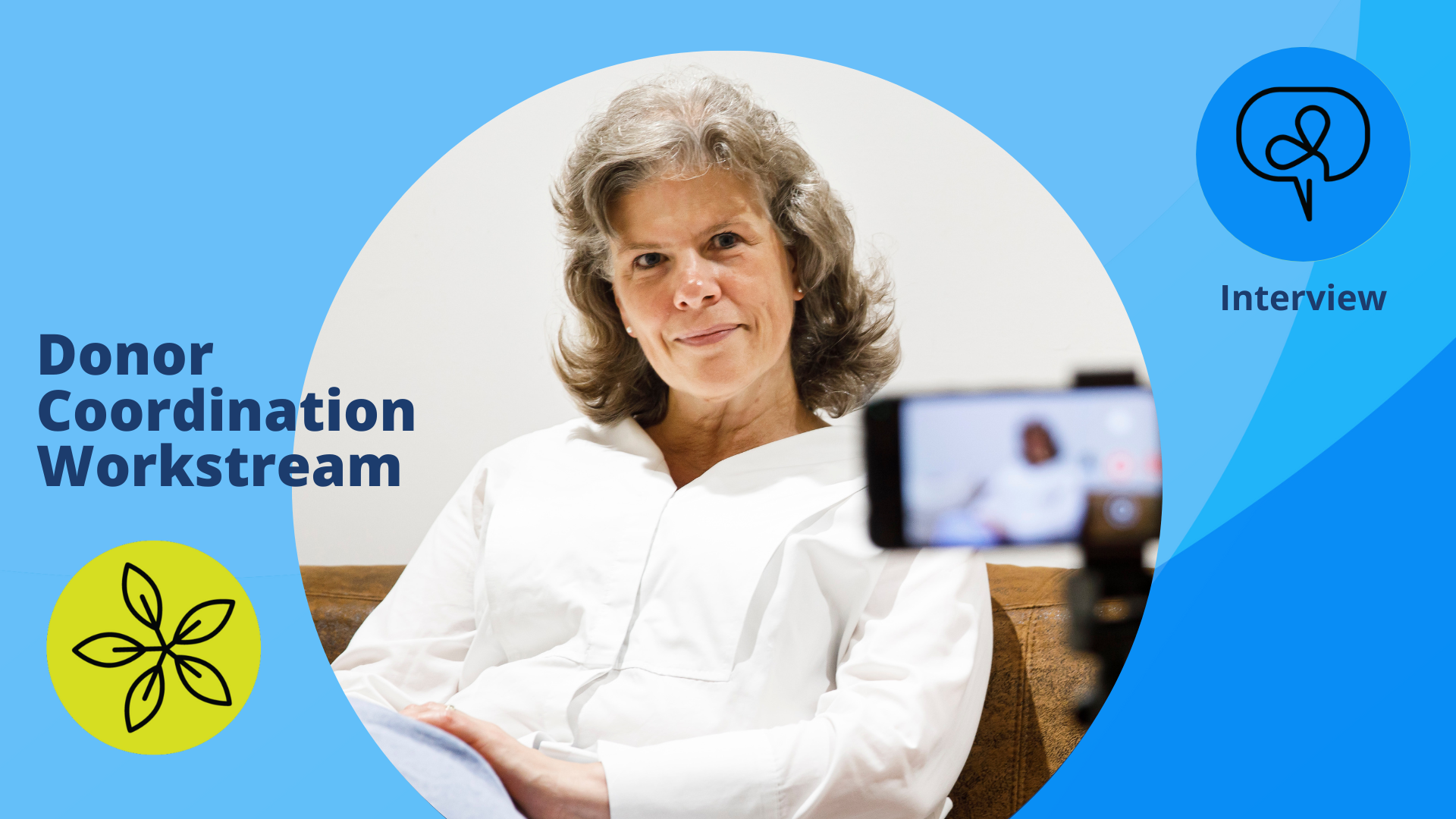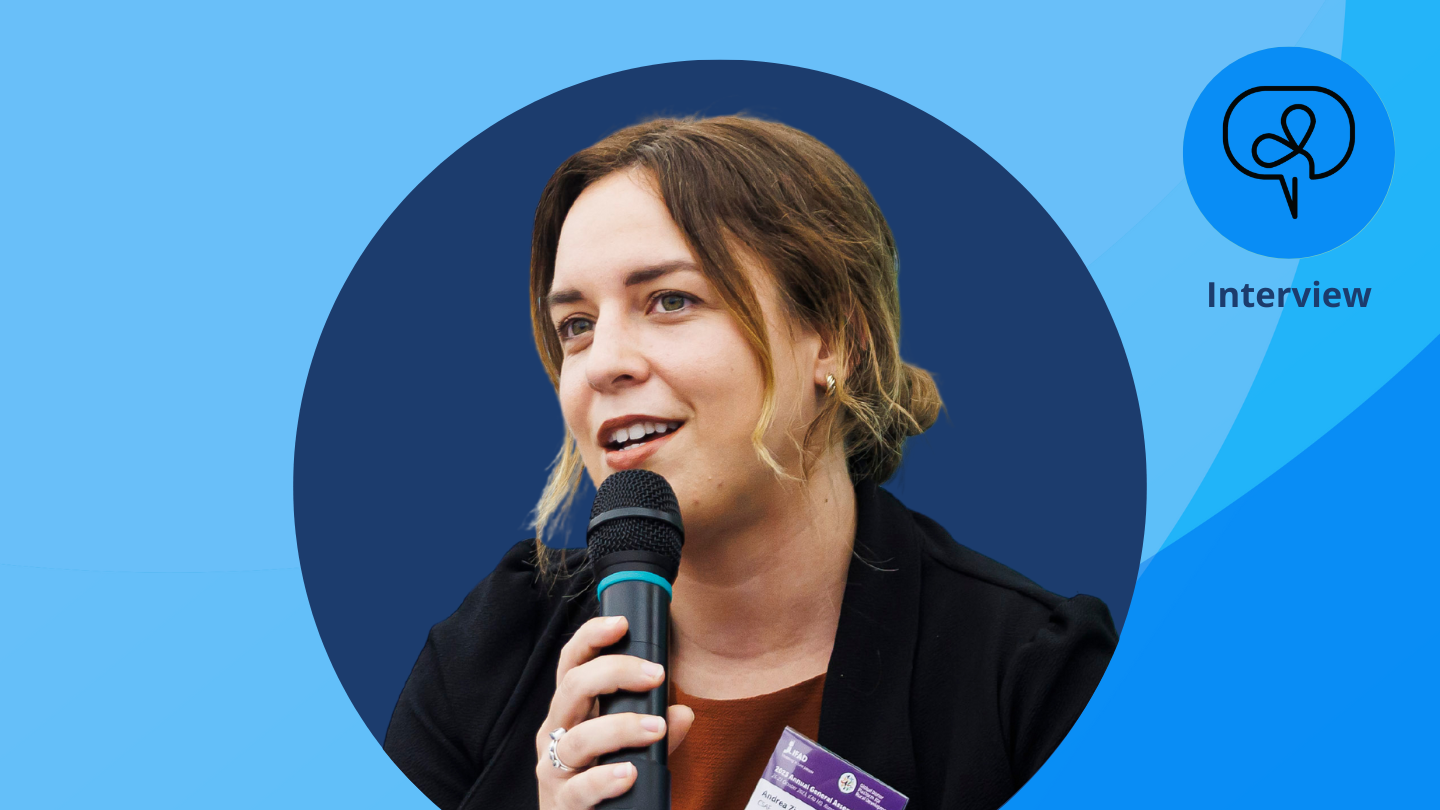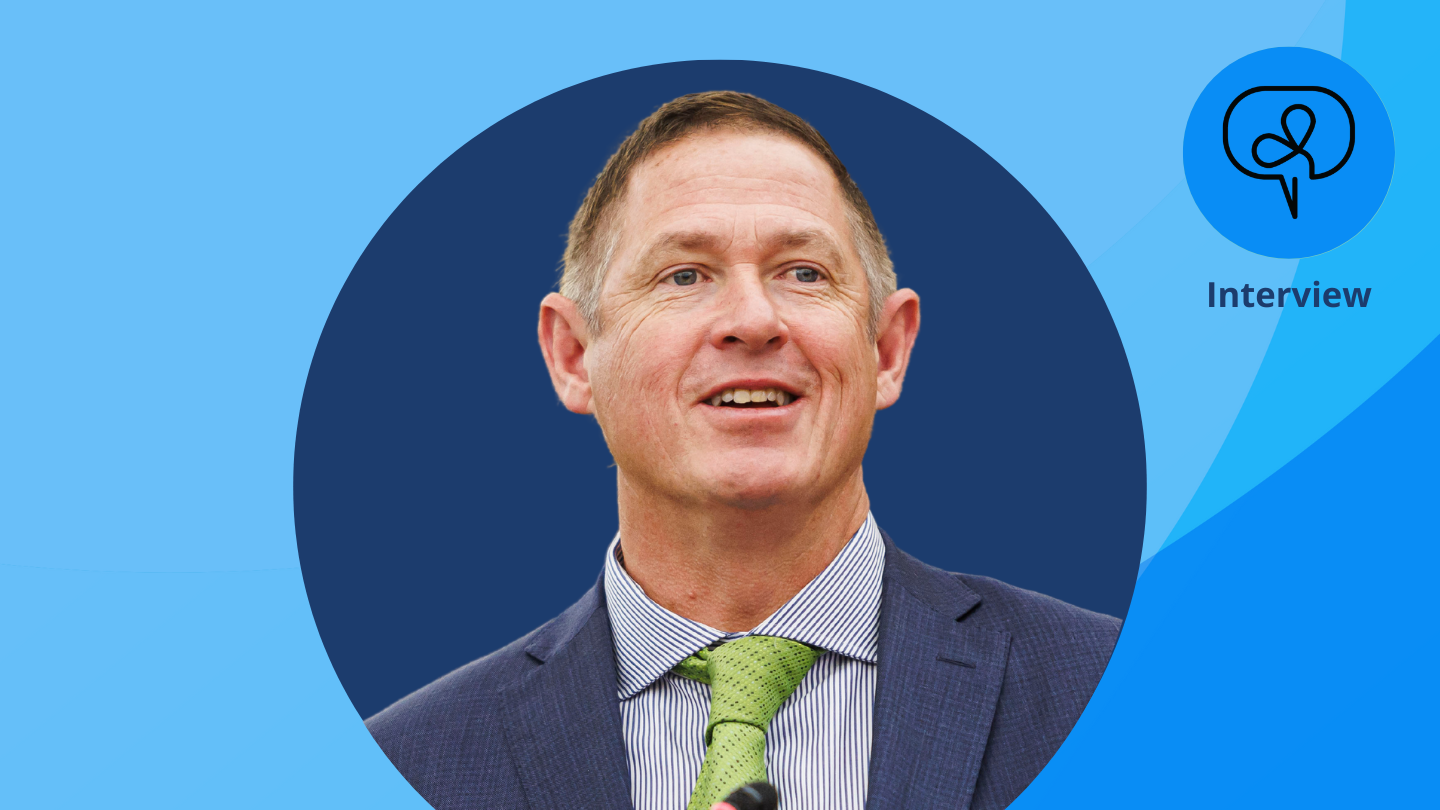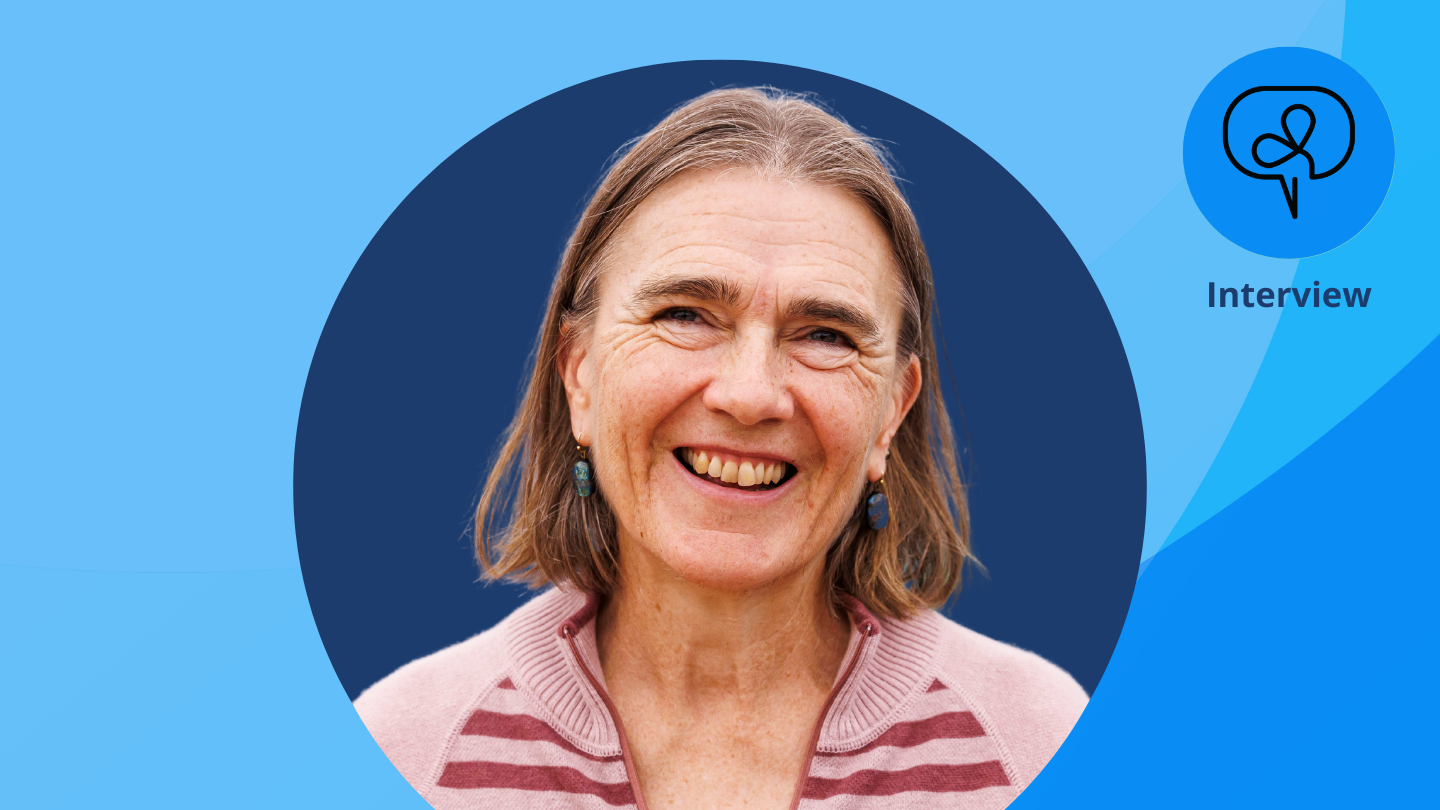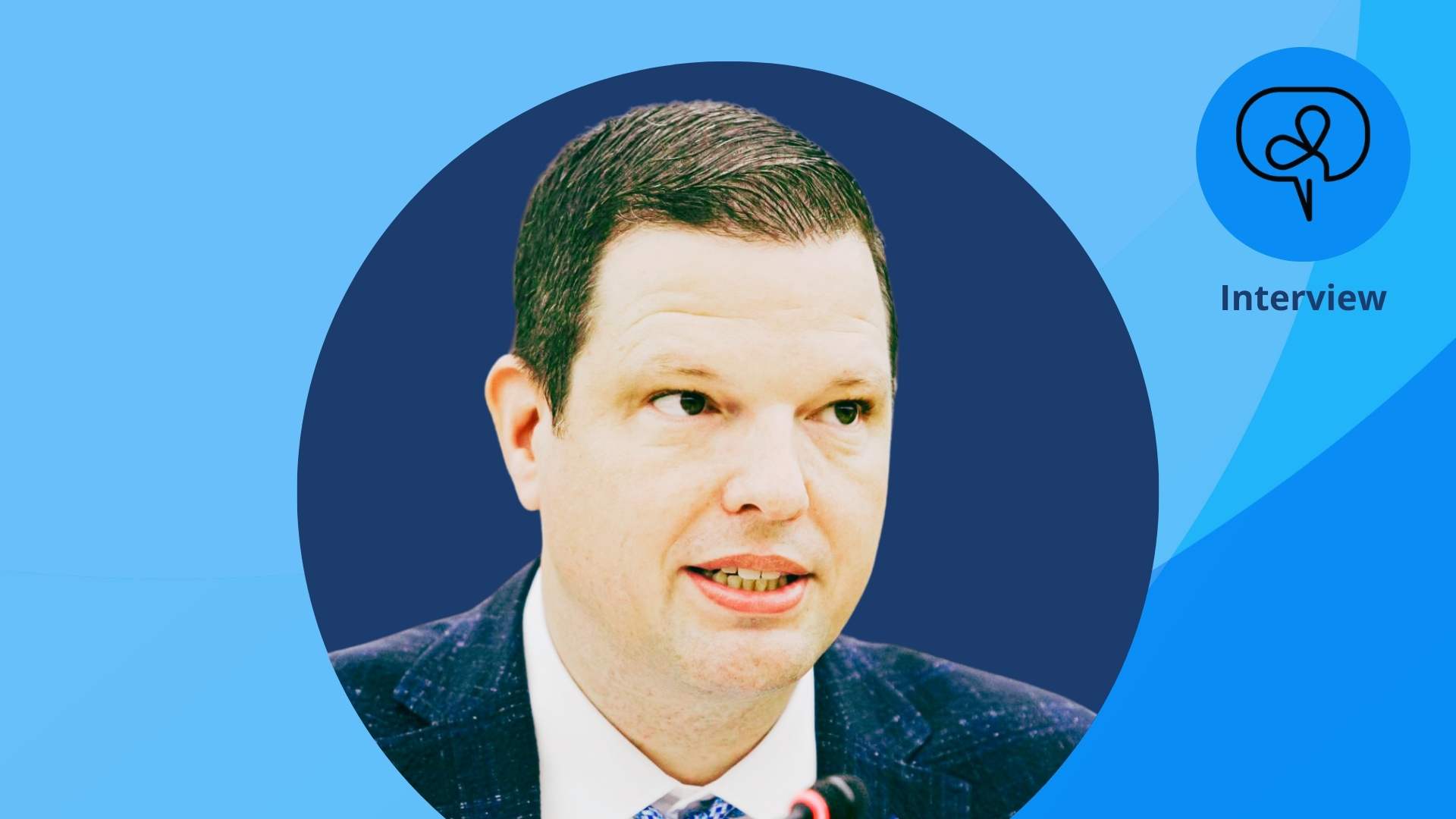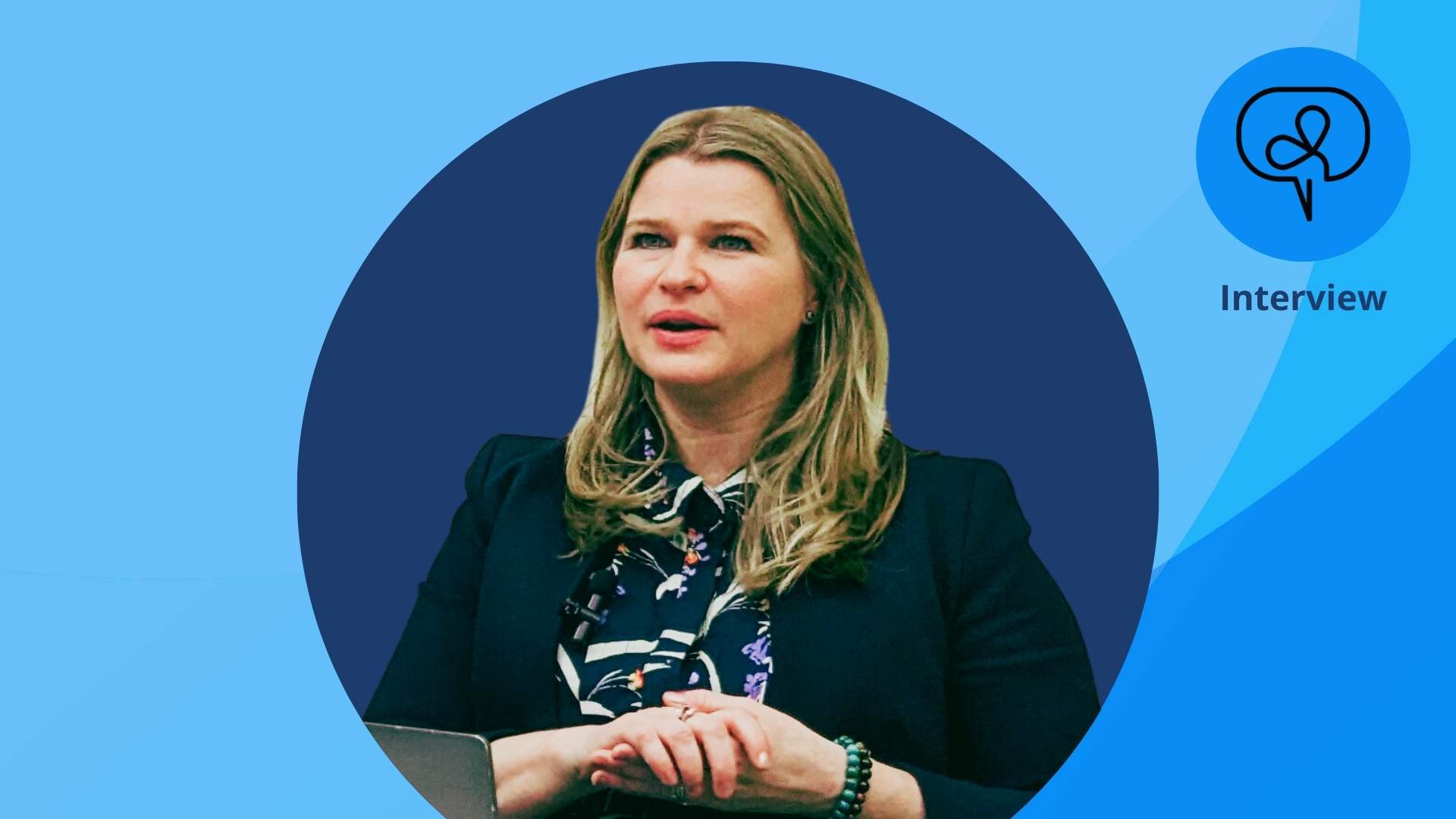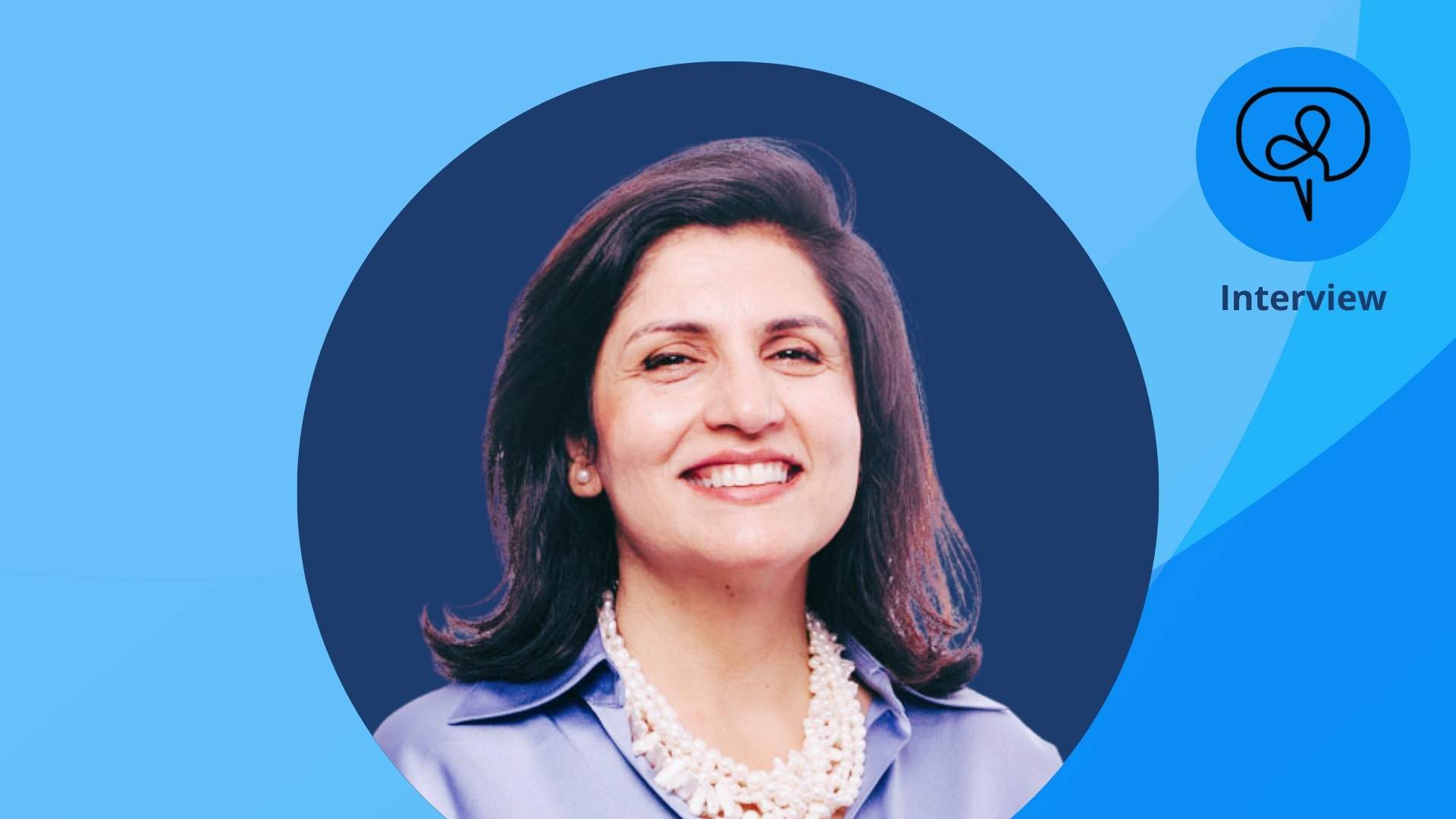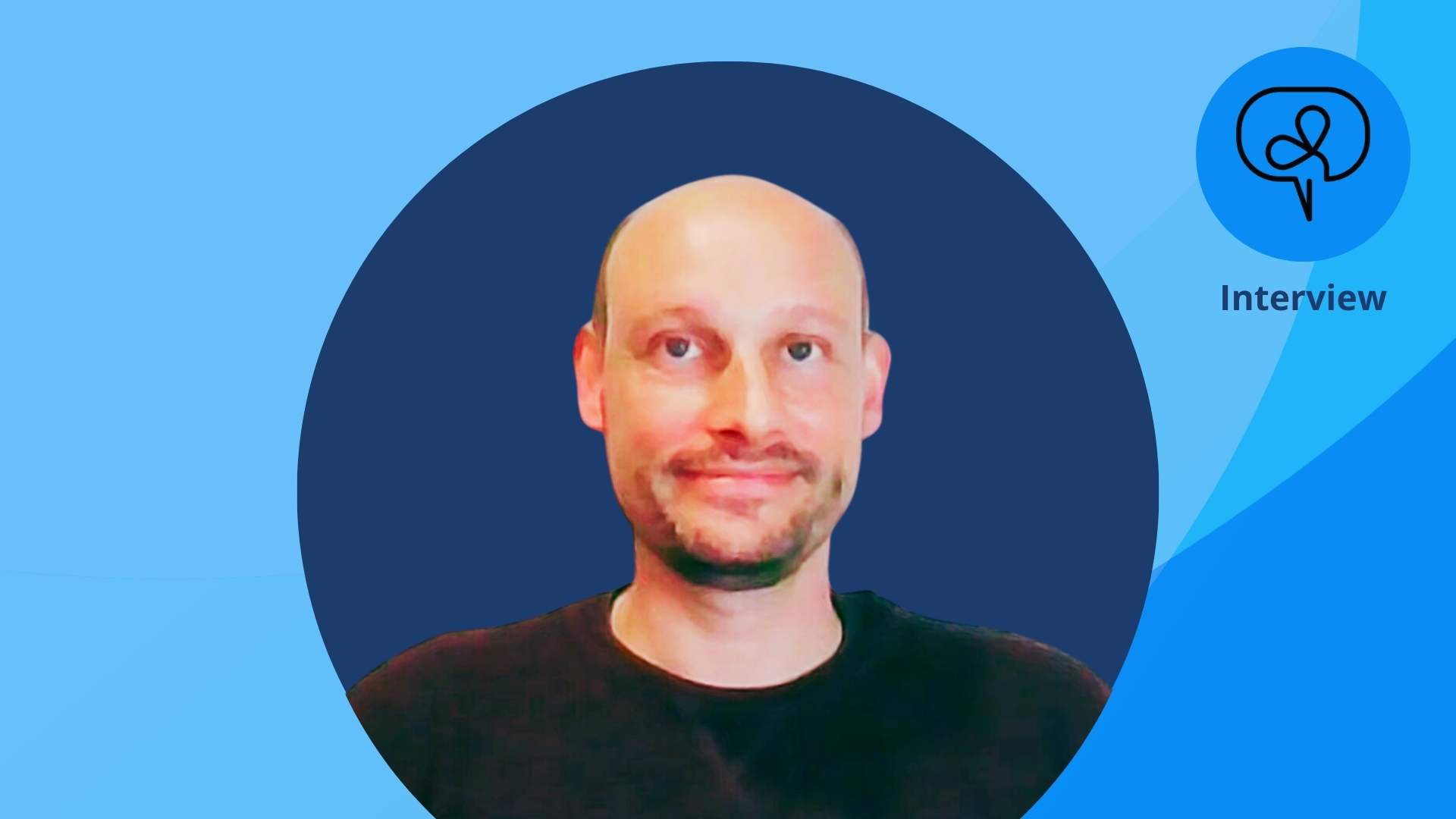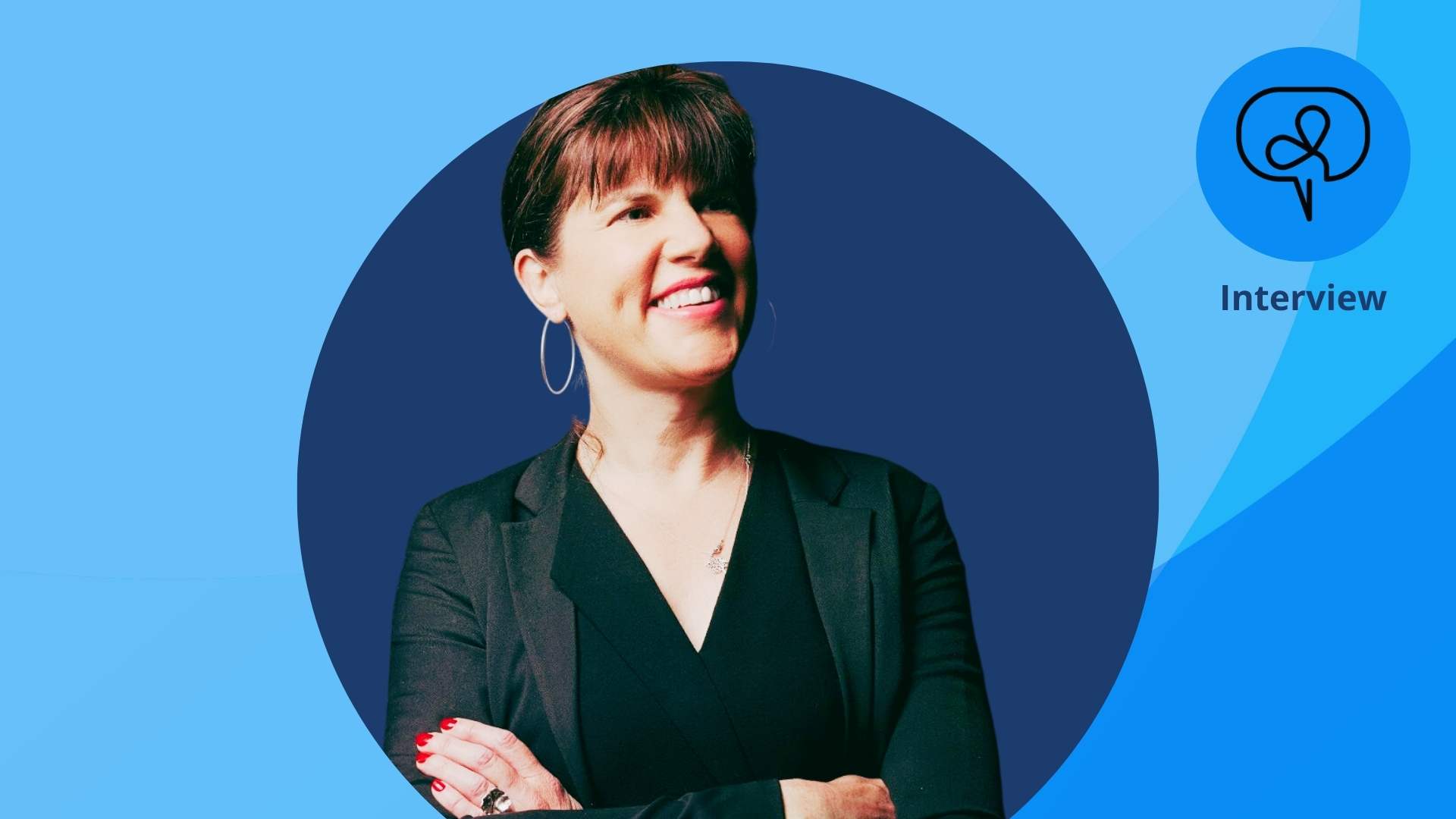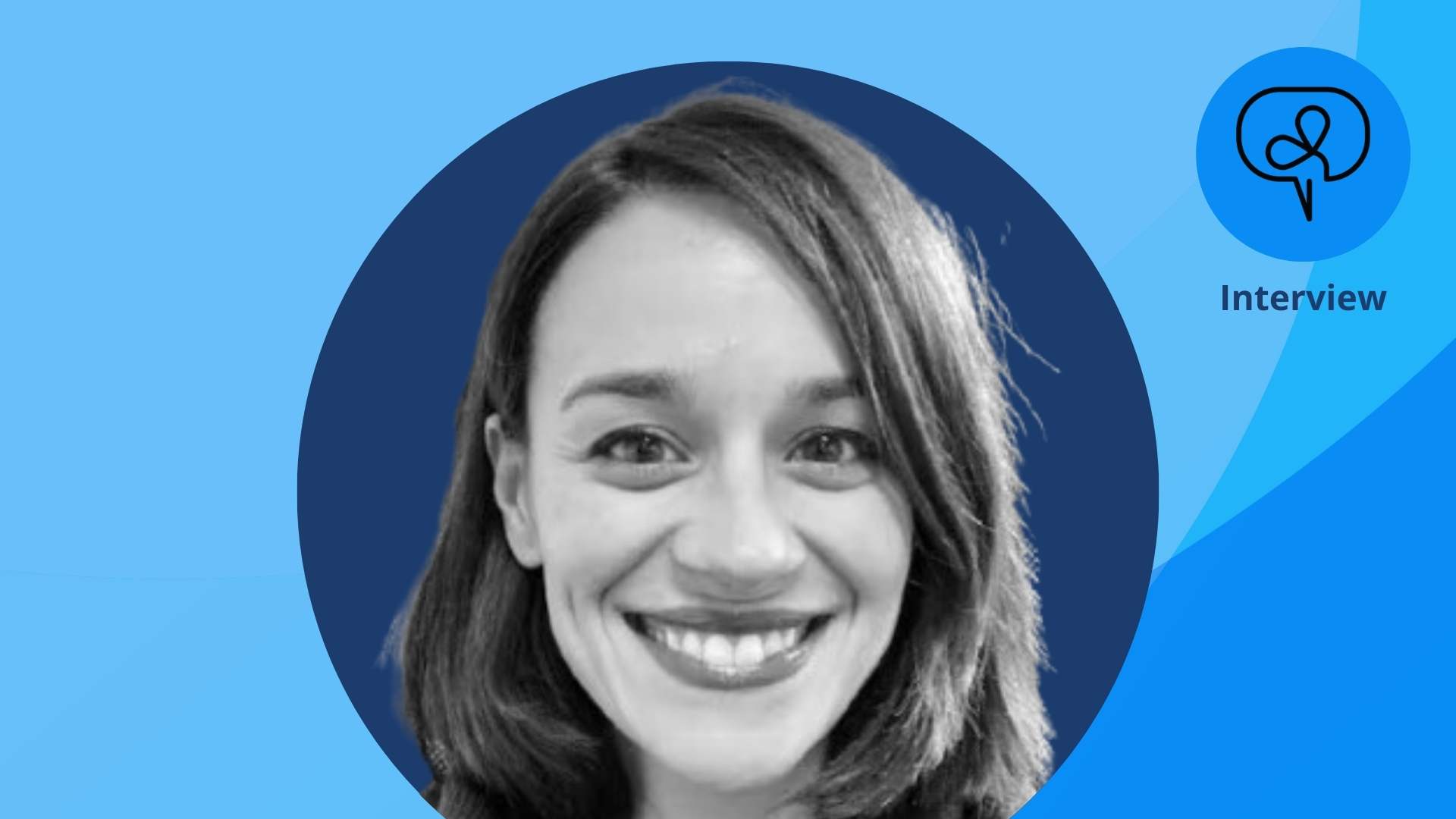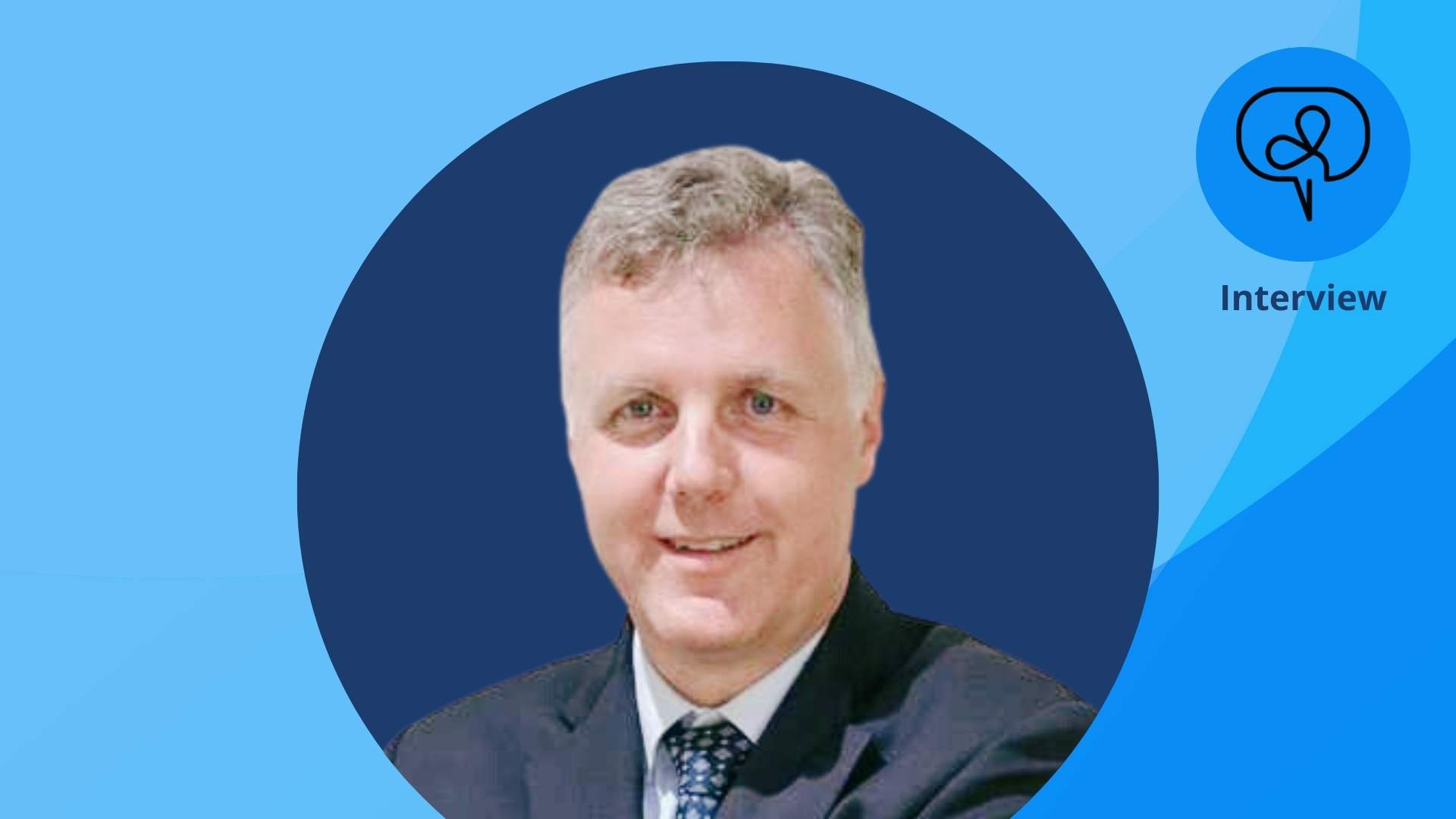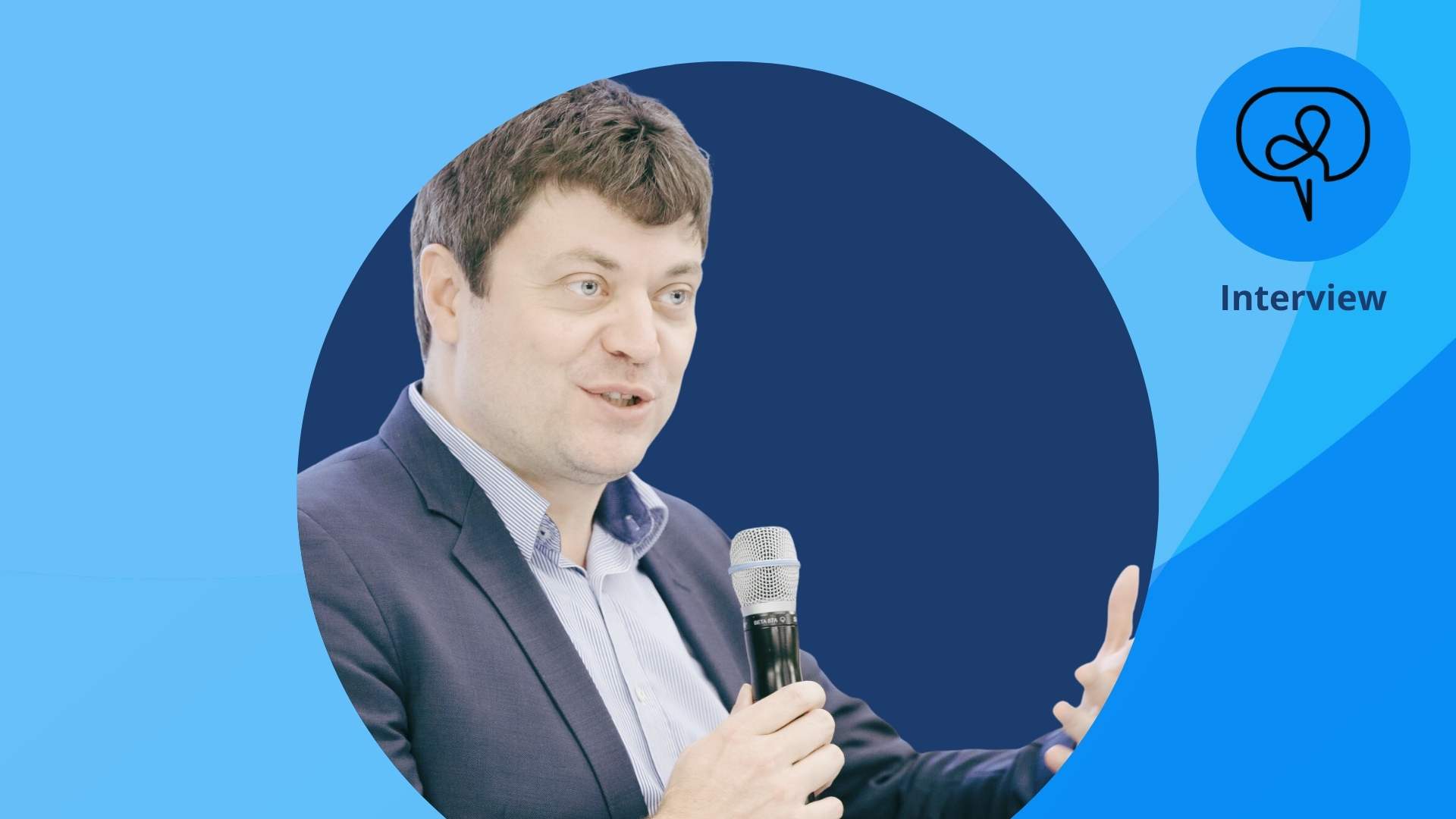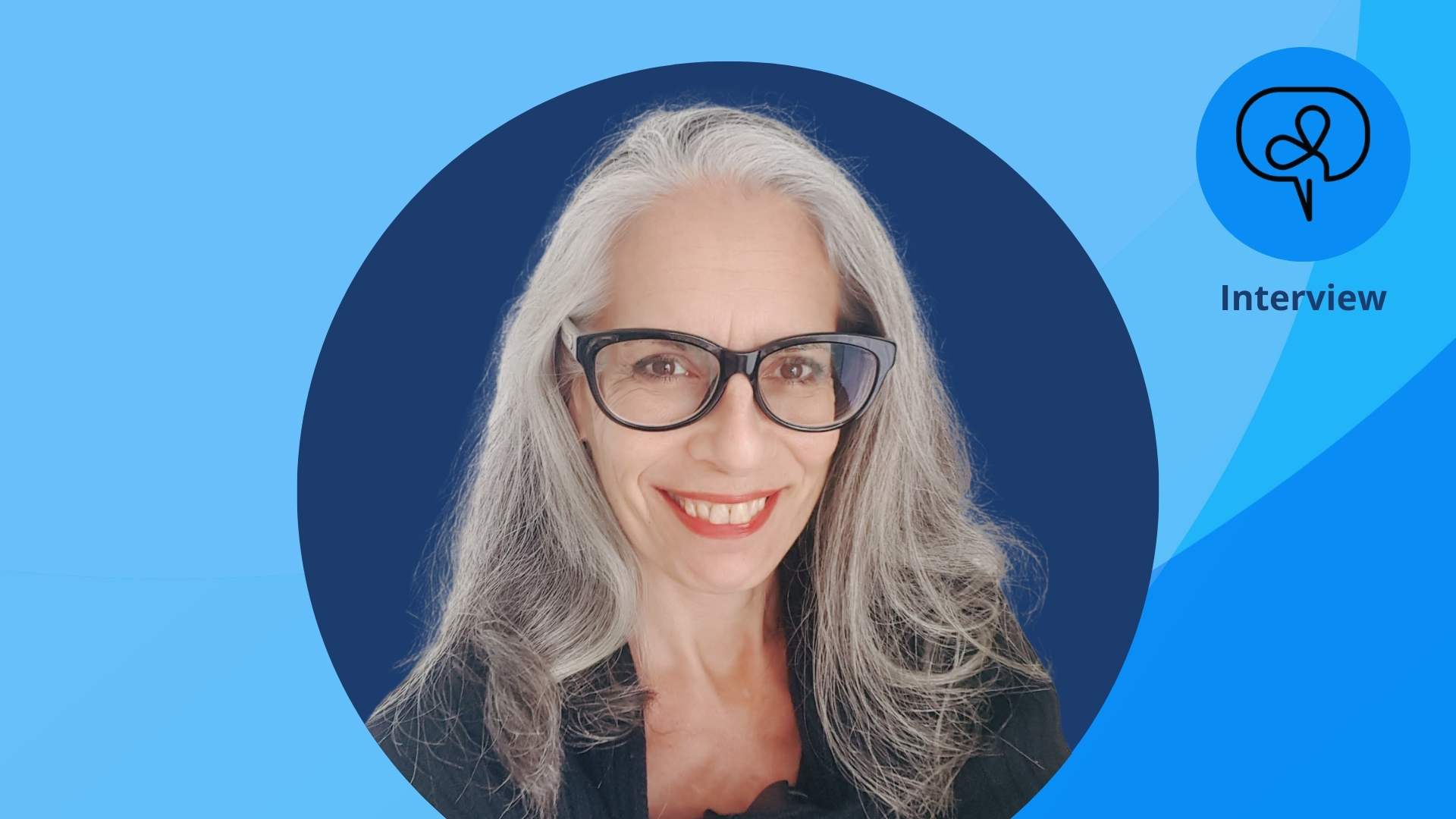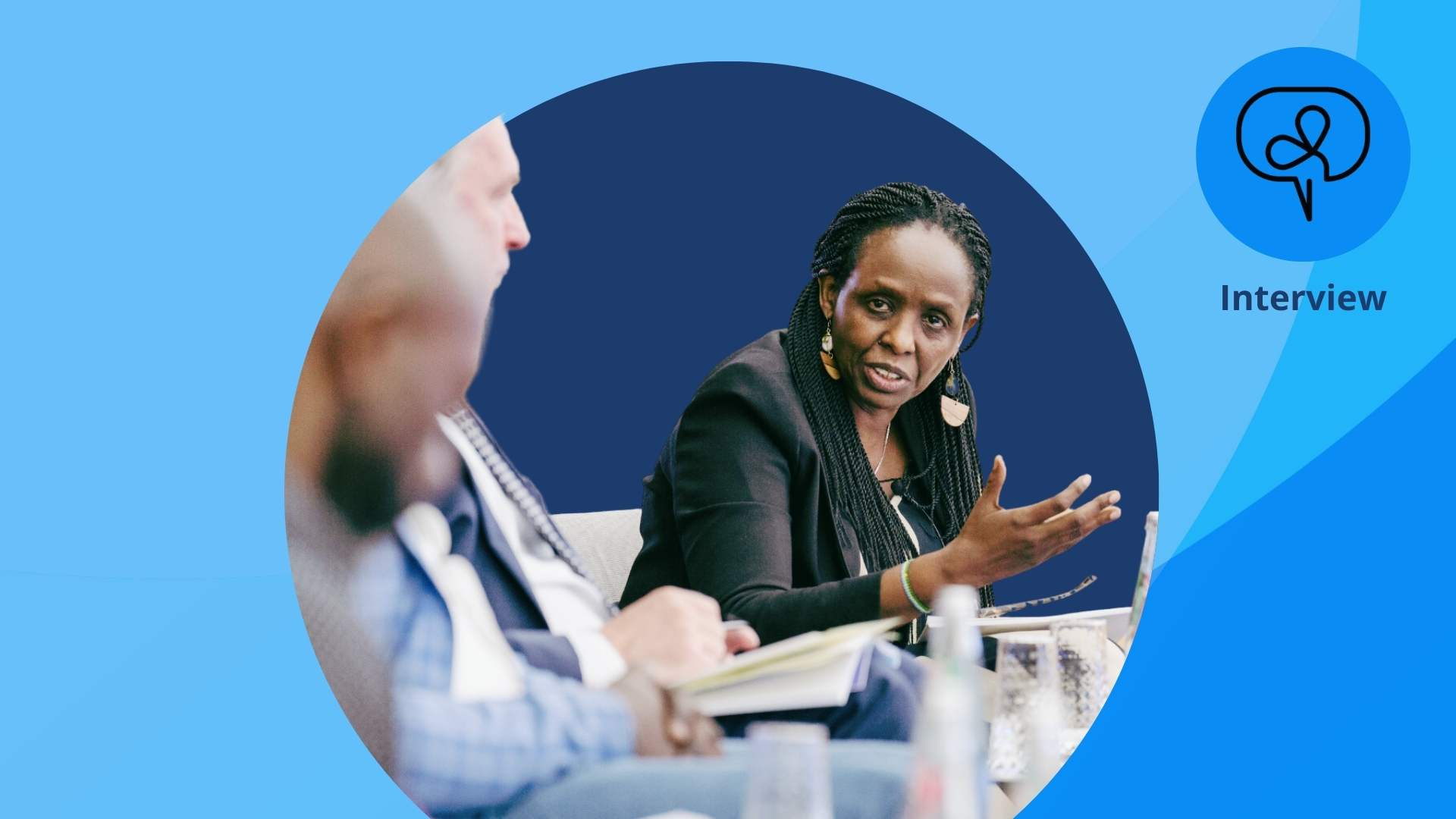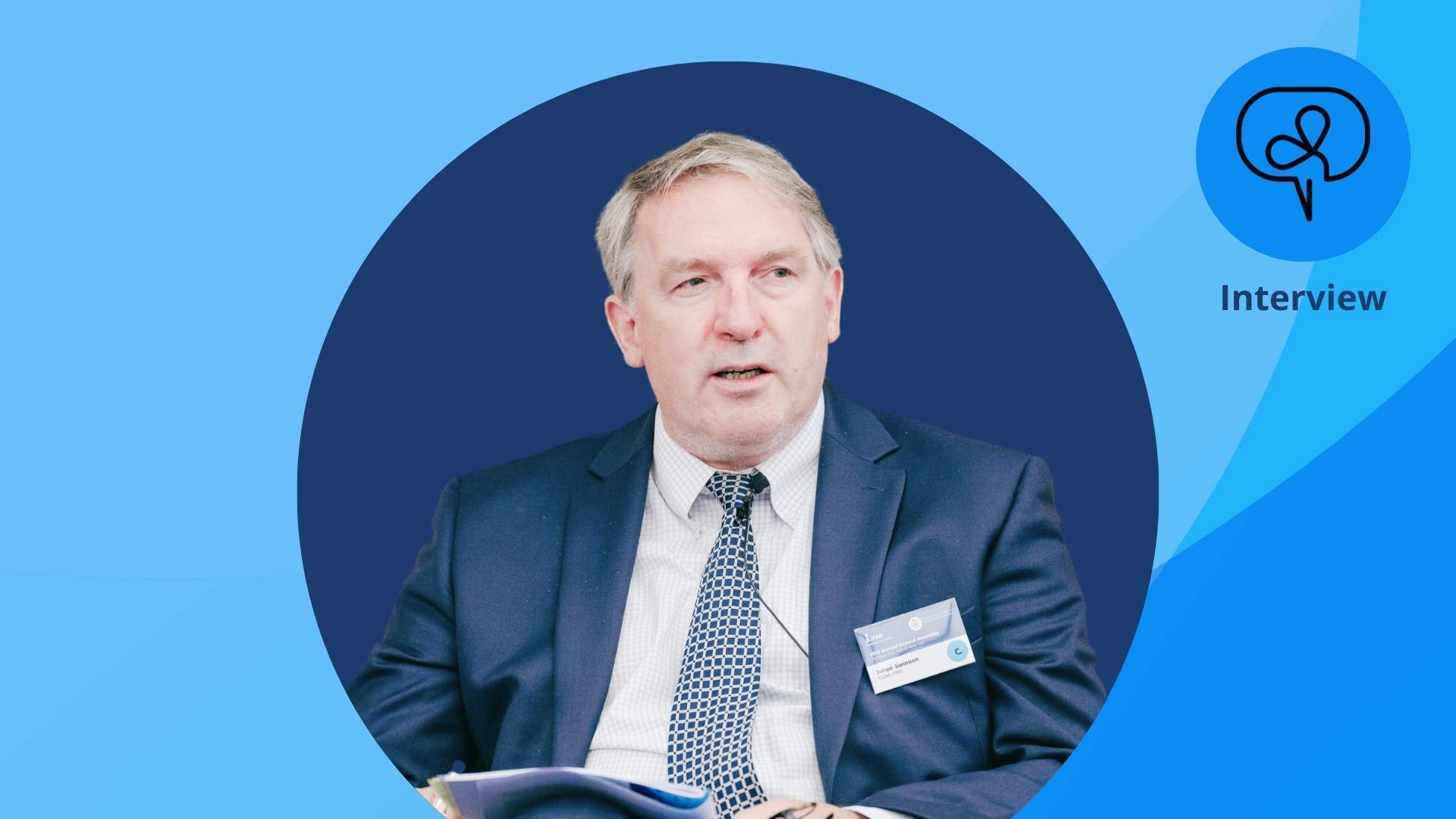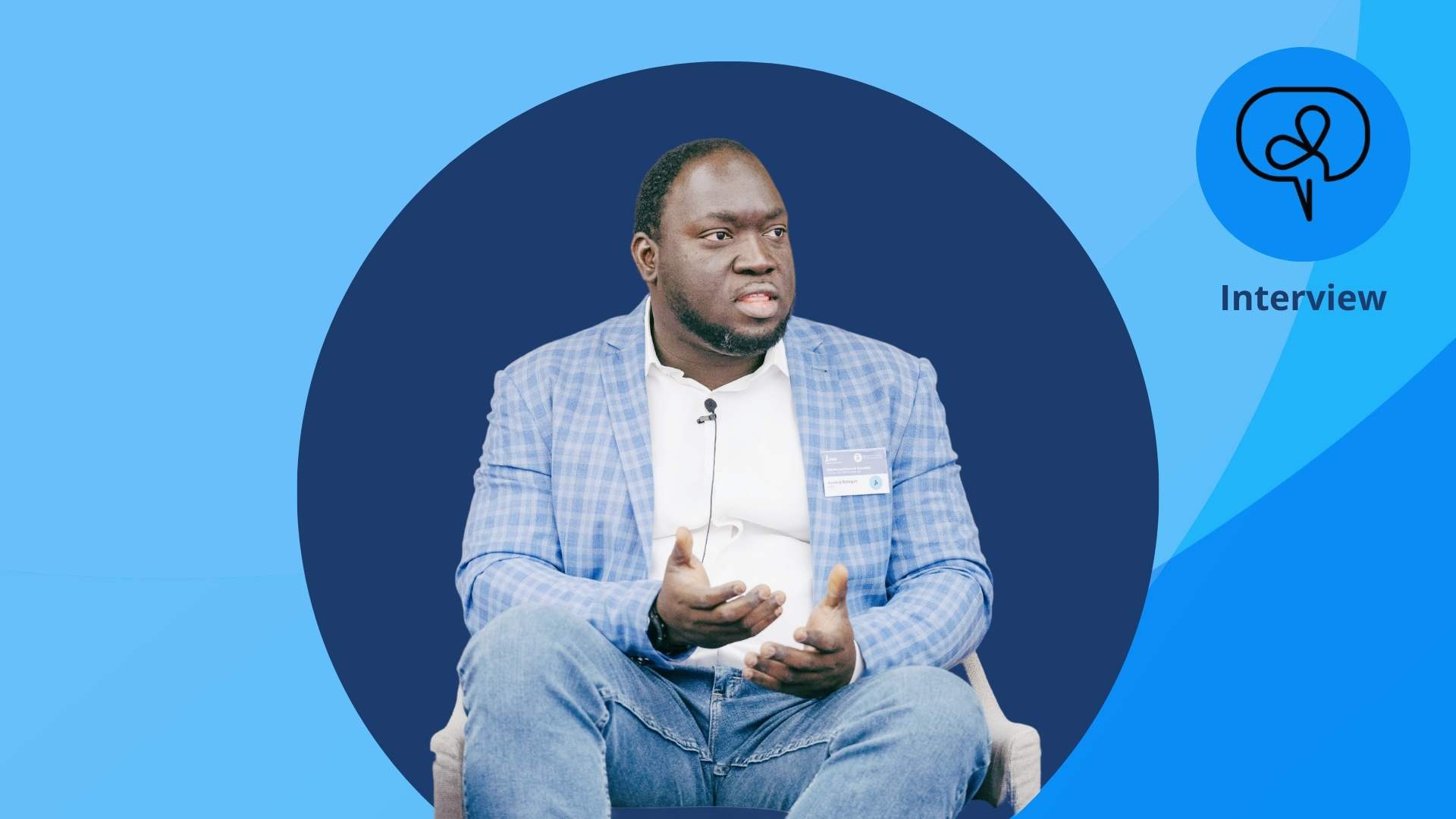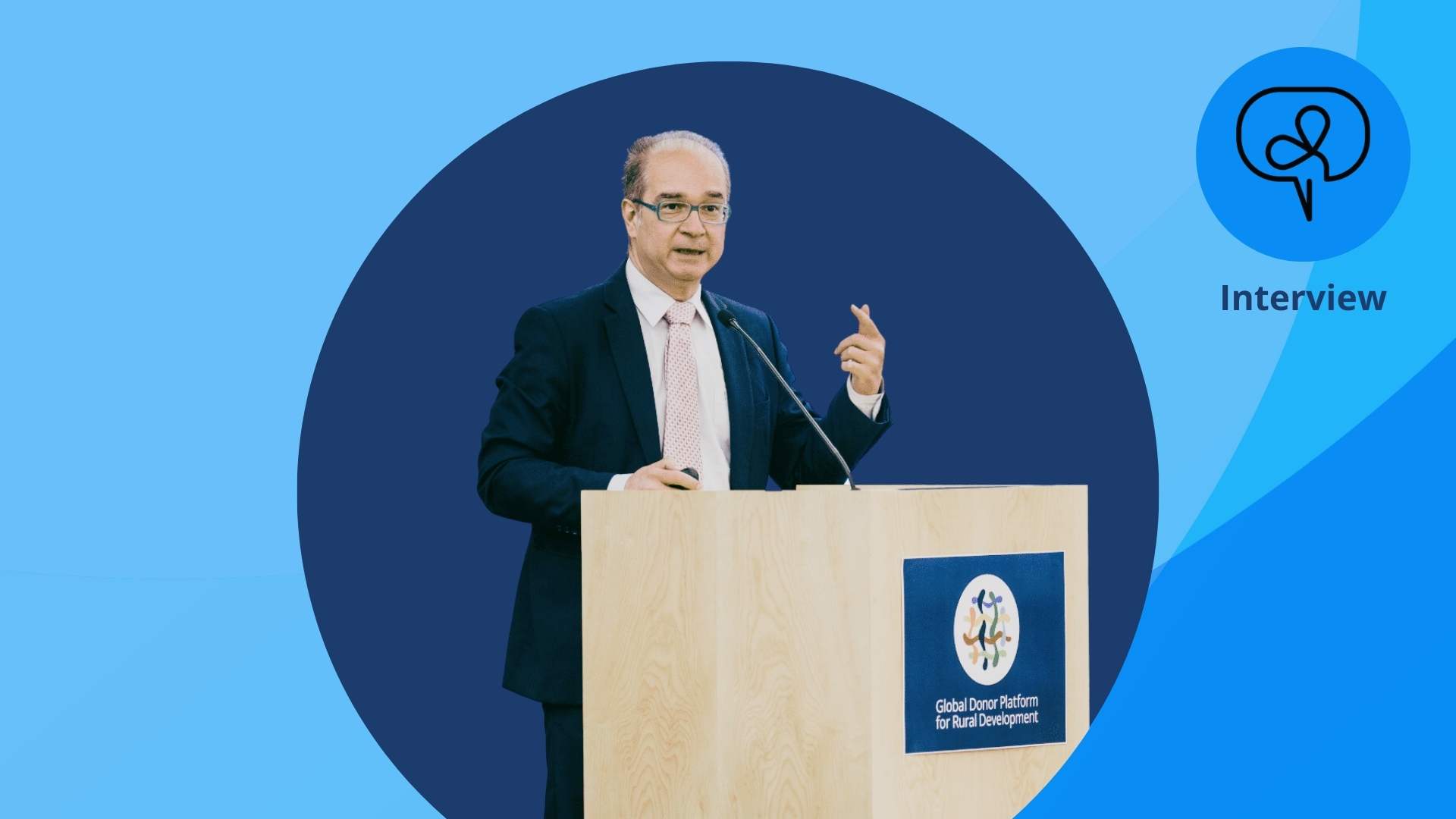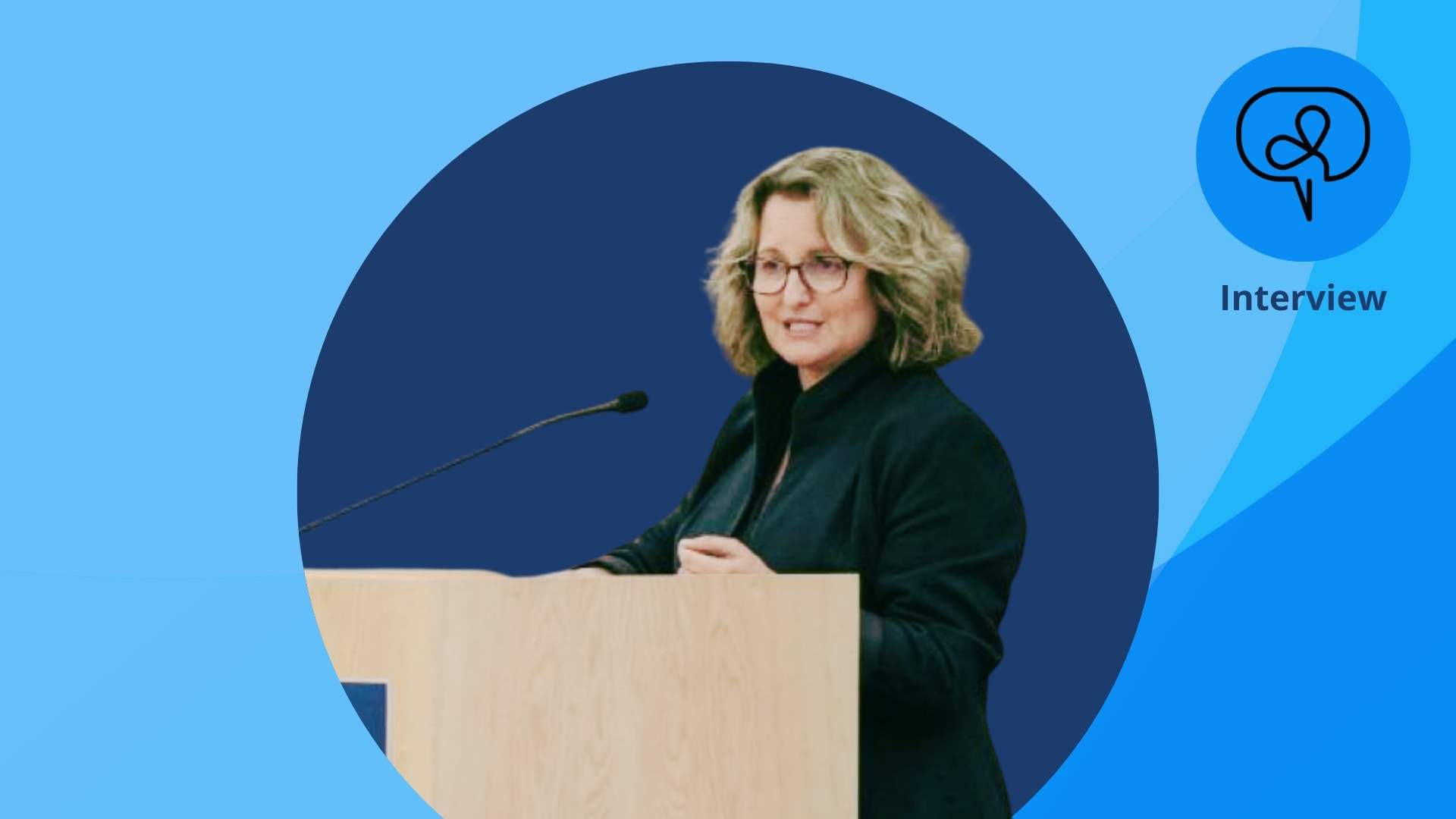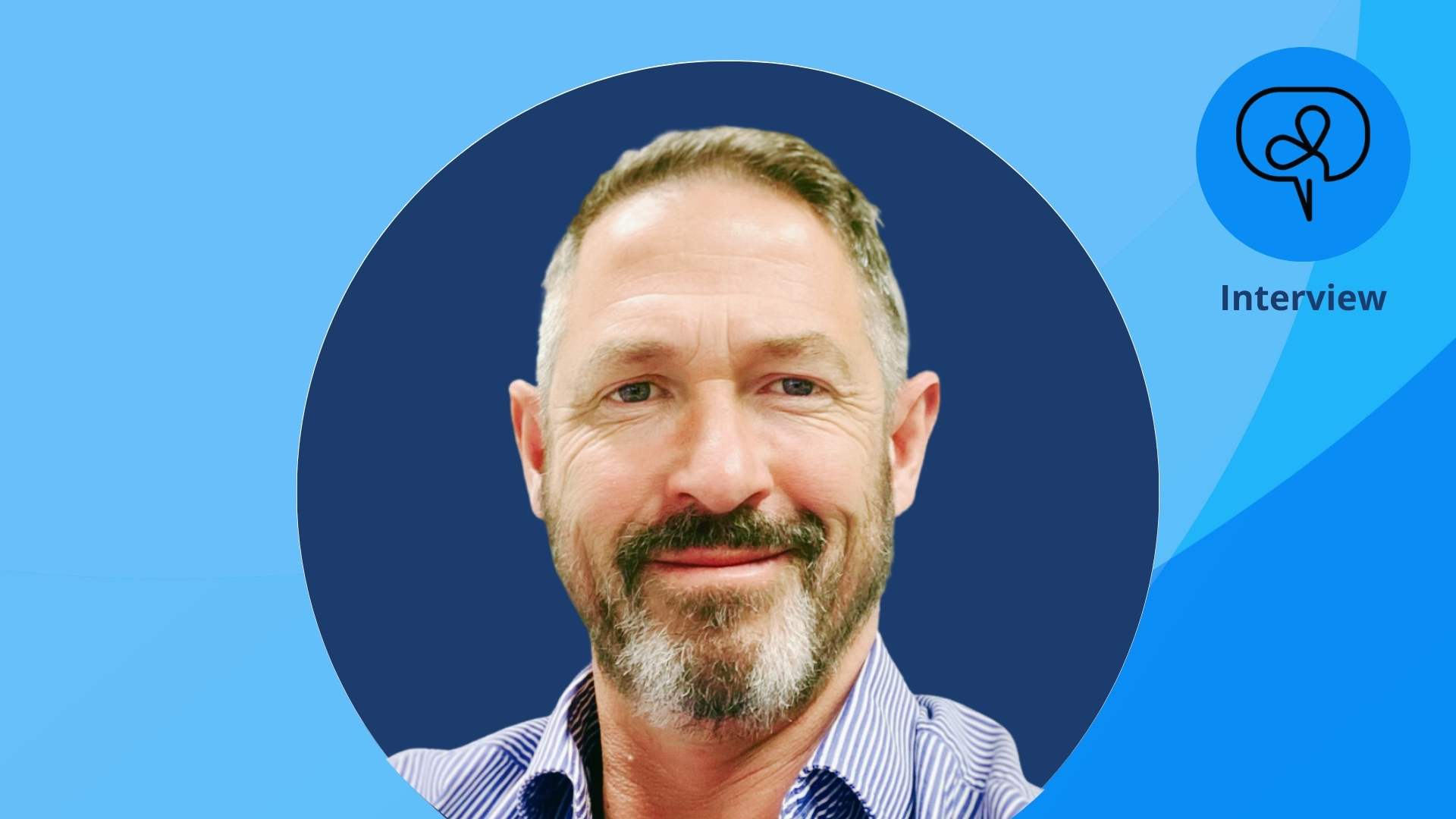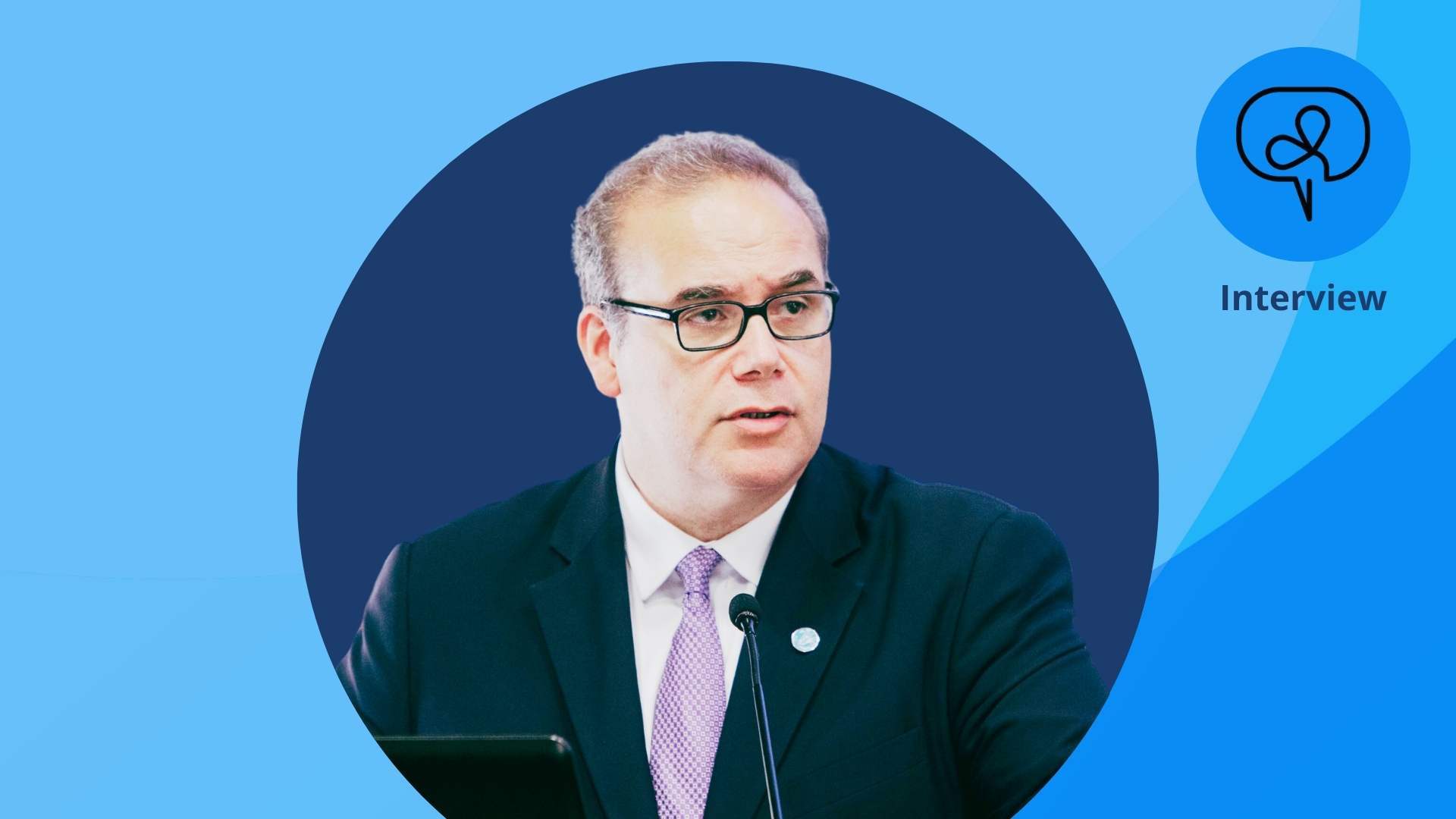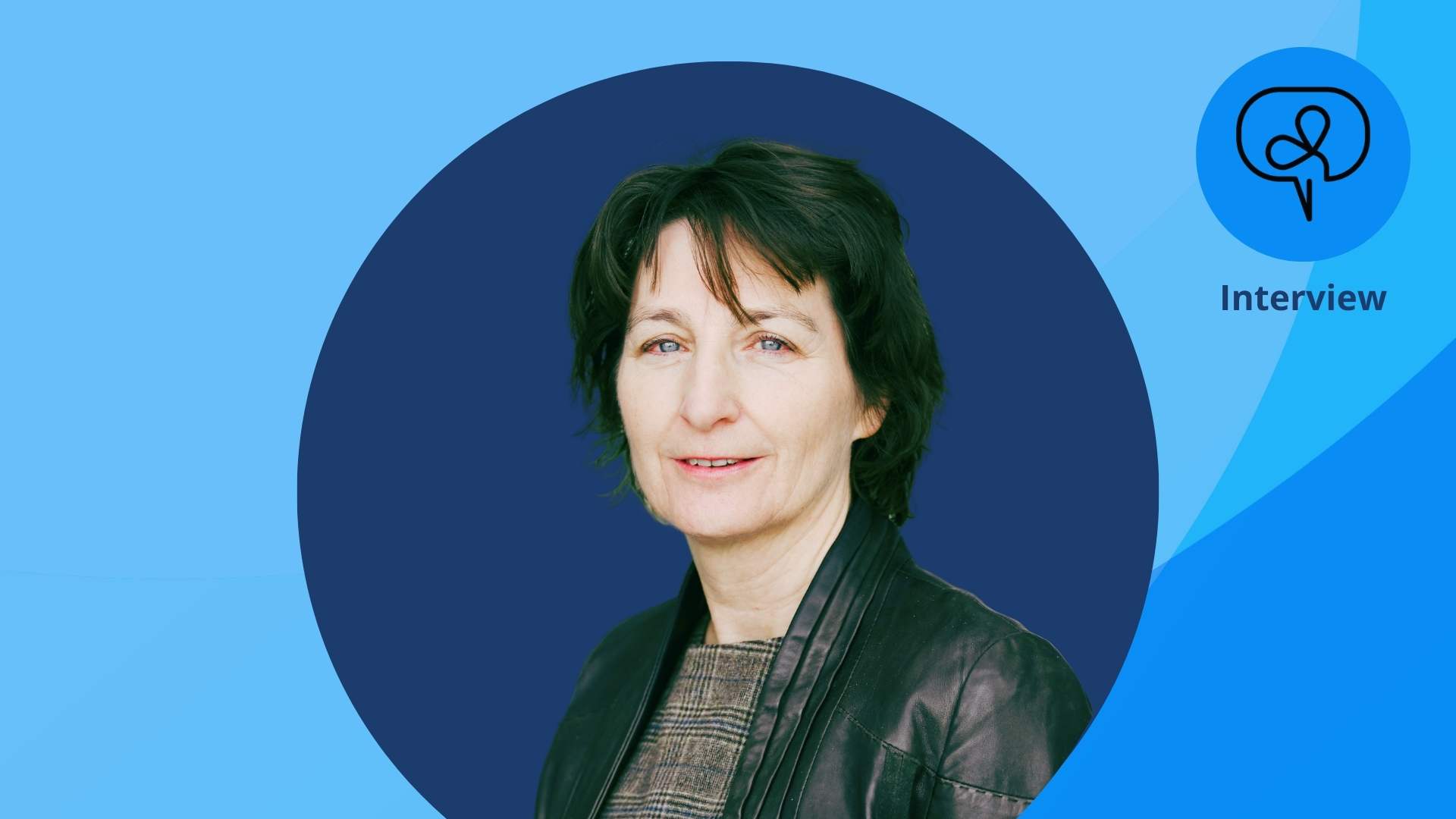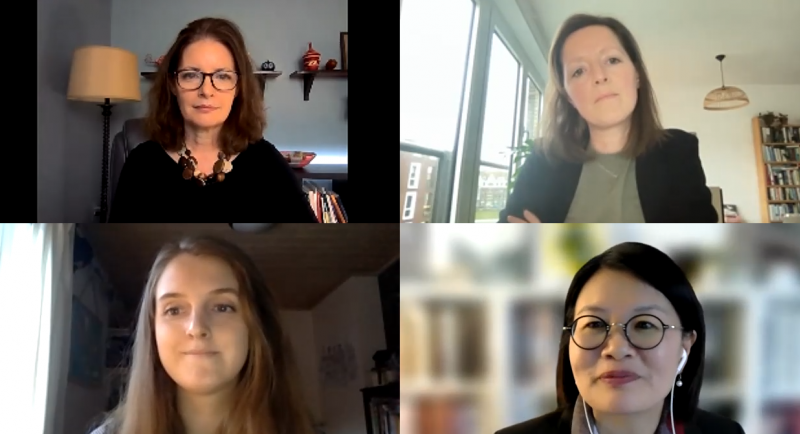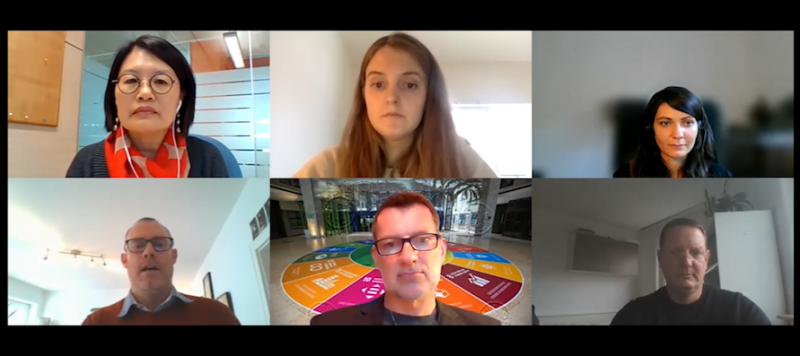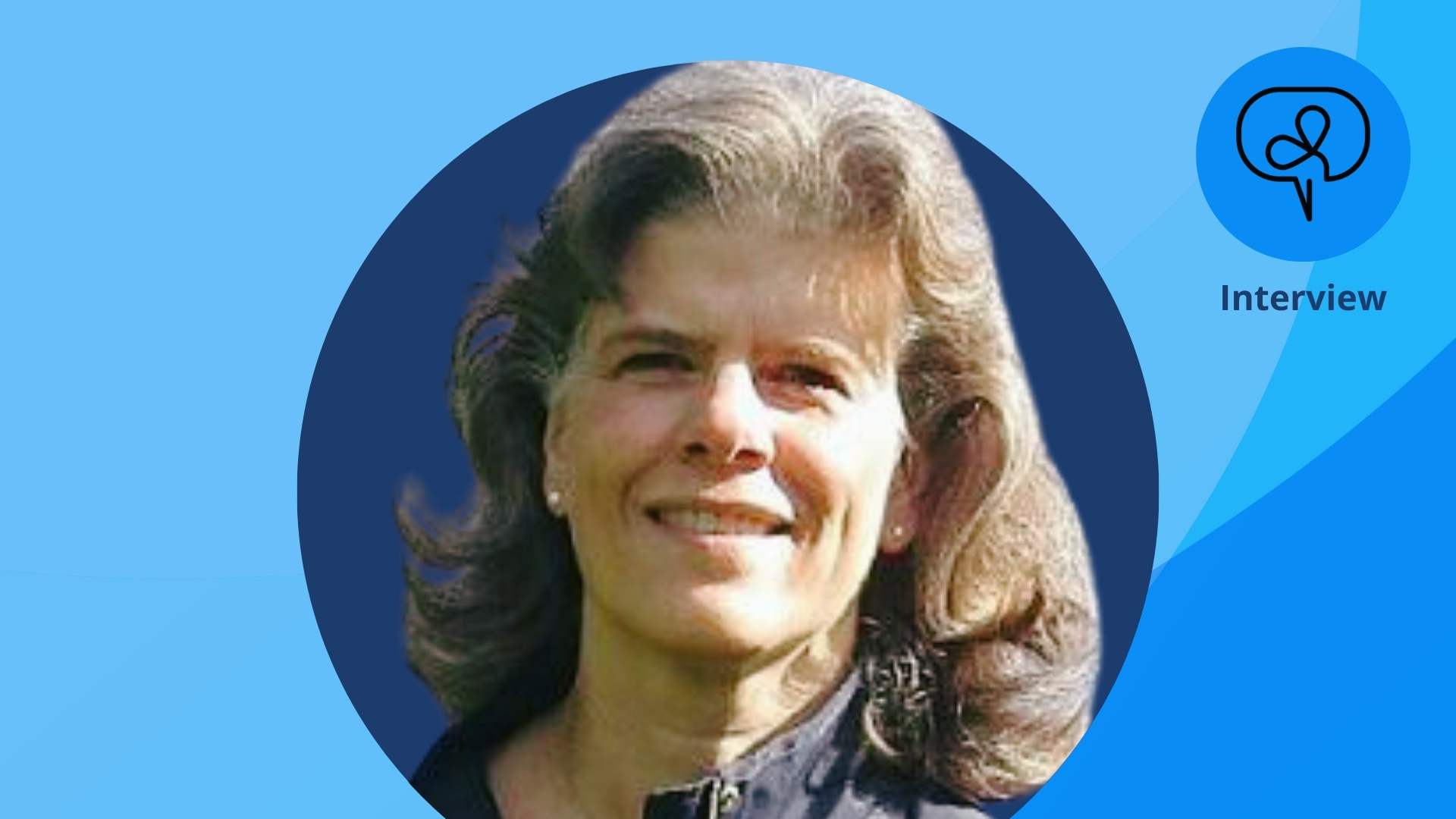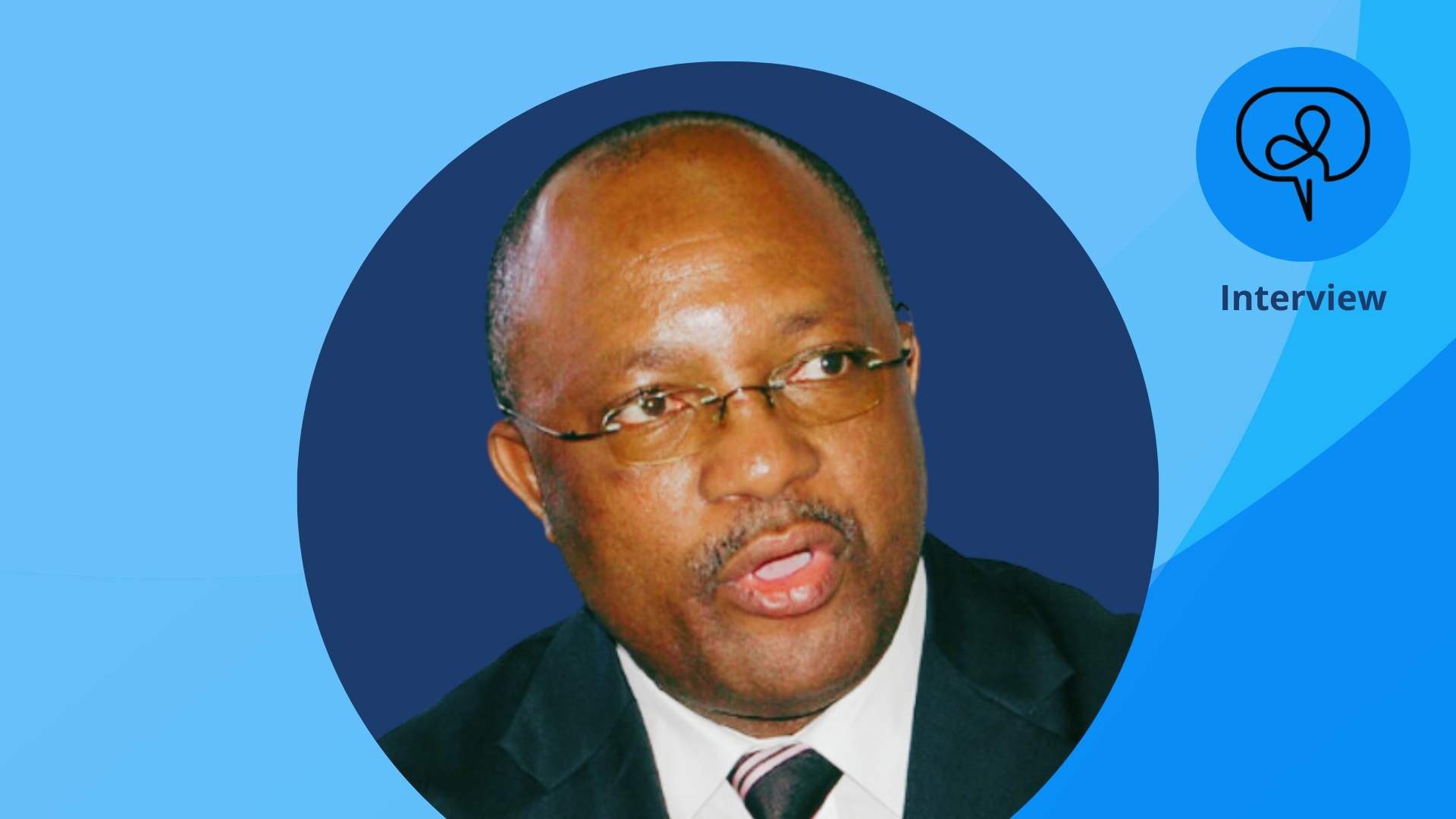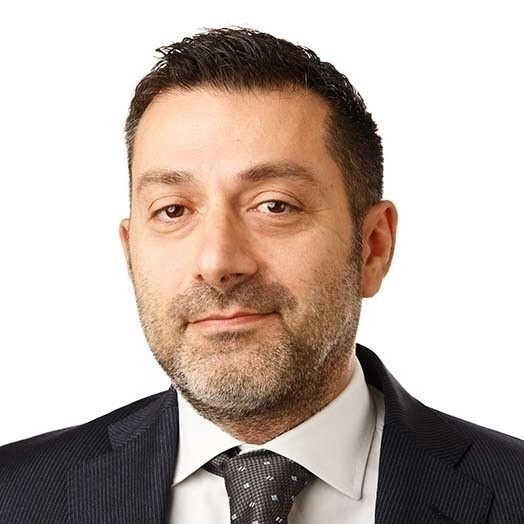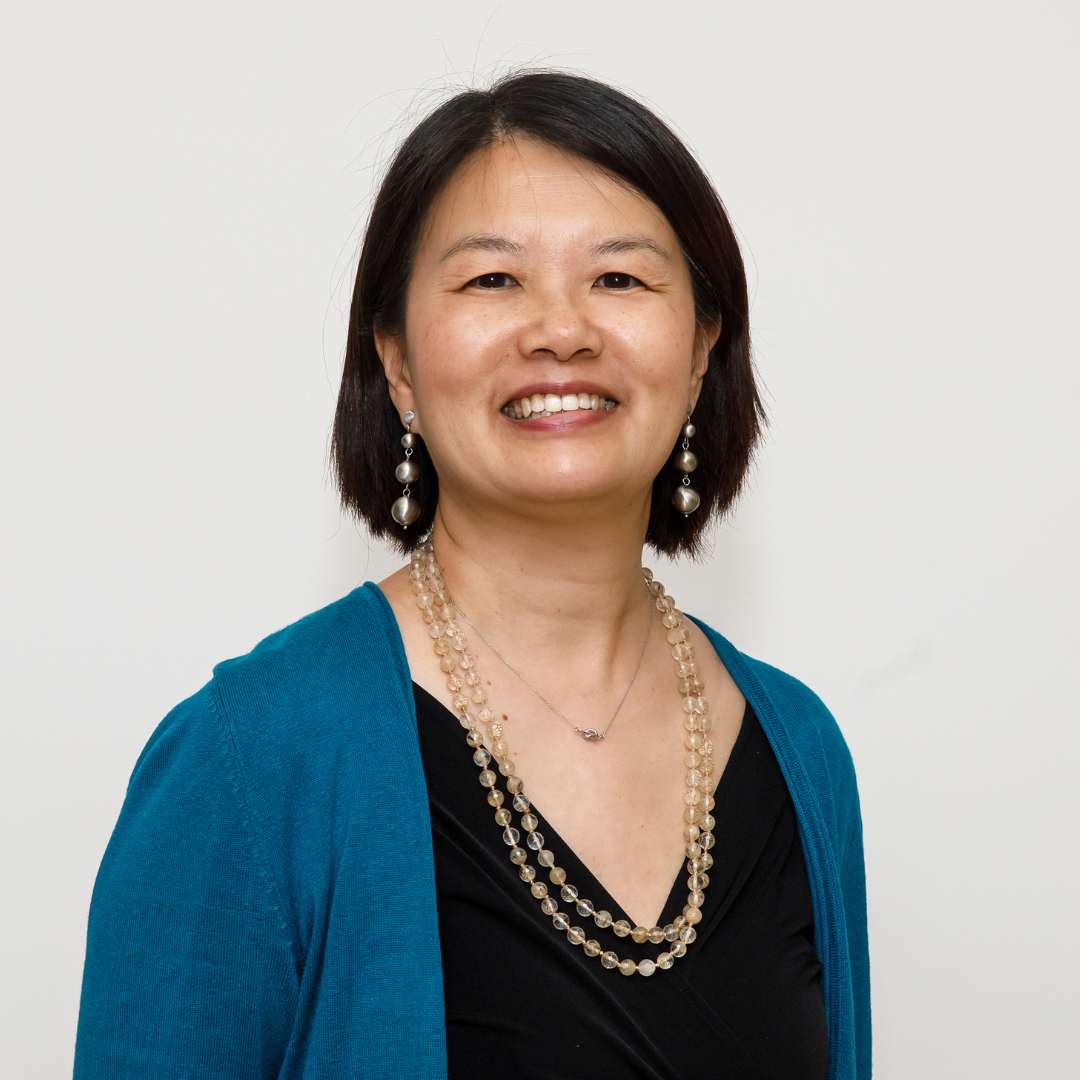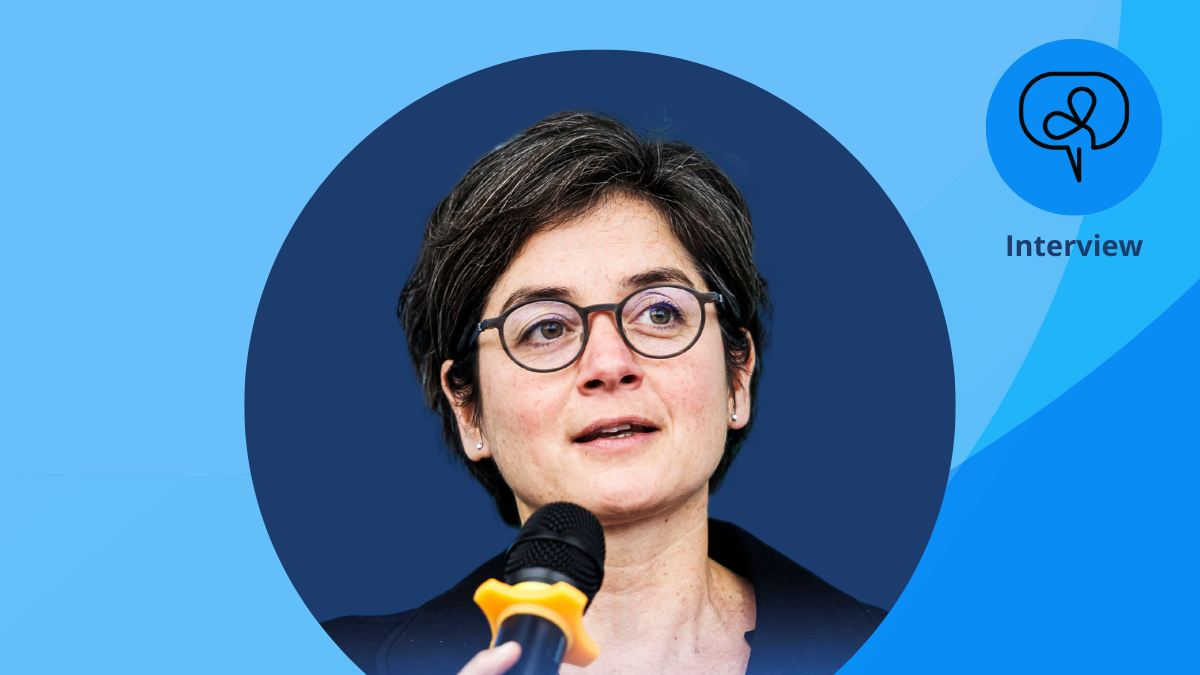
An interview with Agnes Johan, Rabo Partnerships, during the 2024 Annual General Assembly on “Financing Food Systems Transformation and Rural Revitalization: Opportunities and Challenges”.
Agnes Johan is the Head of Blended Finance at Rabo Partnerships.
Michelle Tang/GDPRD: What are the key factors to consider when rethinking the best use of official development assistance (ODA)?
Agnes Rohan/Rabo Partnerships: That is a very good question. I think key considerations going forward now are that ODA is at a very crucial moment. There's going to be less ODA available, so we need to be much more creative about how we want to use it. What is the best value for your dollar, but also, what do donors see as value, what do the receiving parties see as value, and is generating financial return as equally important as generating impact? This is particularly relevant when we talk about blended finance or impact investing. If we talk about ODA money, it should reduce uncertainties.
Another big challenge will be deciding how much of the funding will be spent on emergency relief and how much will go towards structural development, which is equally important.
What we see nowadays are islands of excellence. A great number of blended finance vehicles have been set up especially for agriculture. [...] But they also all acknowledge that they cannot do it alone.
Michelle: What do you think are the main building blocks for success in reforming the financial architecture for food systems?
Agnes: We had a long panel debate about that during the Annual General Assembly (AGA). The discussion went from international debt and country-level financing and governance to public funding, ODA and the Development Finance Institutions (DFIs) playing their role. It's very hard to unpack a one size fits all solution. So, I'll stick to the part where I'm most comfortable, and that's the private sector. I think what we're missing there is cross-collaboration between the different parties. We want public-private partnerships. We recognize that is necessary, but we still don't really know how to go about it in a scalable manner. I think that's crucial in the year to come.
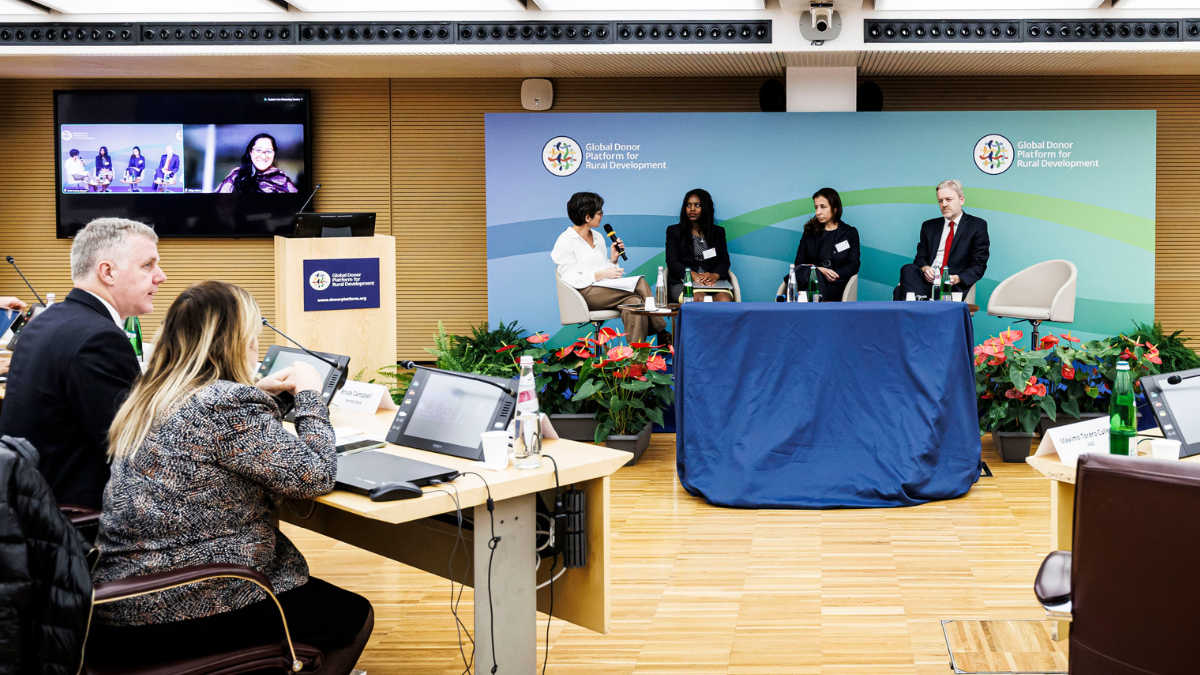
Agnes Johan moderates the High-Level Session on "Catalytic Development Finance for a Sustainable and Resilient Future" during the 2024 Annual General Assembly.
So, how do you bridge that gap? You need to find the intermediary—organization, company, bank or aggregator. No matter what, somebody needs to bridge that gap to get funding all the way down to the primary producers.
Michelle: That leads me to ask if you could share a new development or initiative that is a good example of how we should approach food systems financing?
Agnes: I head the blended finance team at Rabo Partnerships, so I will focus on the things we've done. And I'm not suggesting it's the one-size-fits-all solution, not at all.
I think what we see nowadays are islands of excellence. A great number of blended finance vehicles have been set up especially for agriculture. Aceli is one example, and the Financing Agricultural Small-and-Medium Enterprises in Africa (FASA), the first loss facility set up by USAID, is another blended vehicle. AGRI3 fund (Home - AGRI3 Fund) is another agri focused blended vehicle. They all try to tap into unlocking finance for farmers and reach the last mile of delivery.
But they also all acknowledge that they cannot do it alone, so they work through commercial banks because the banks have the network and the mandate to service these financial loans. They're still small, but I think there's room to grow. The inclusion of these partners in the whole financing system is going to be key.
You have the DFIs. They can handle big tickets, but in agriculture, transactions are often small tickets. So, how do you bridge that gap? You need to find the intermediary—organization, company, bank or aggregator. No matter what, somebody needs to bridge that gap to get funding all the way down to the primary producers.
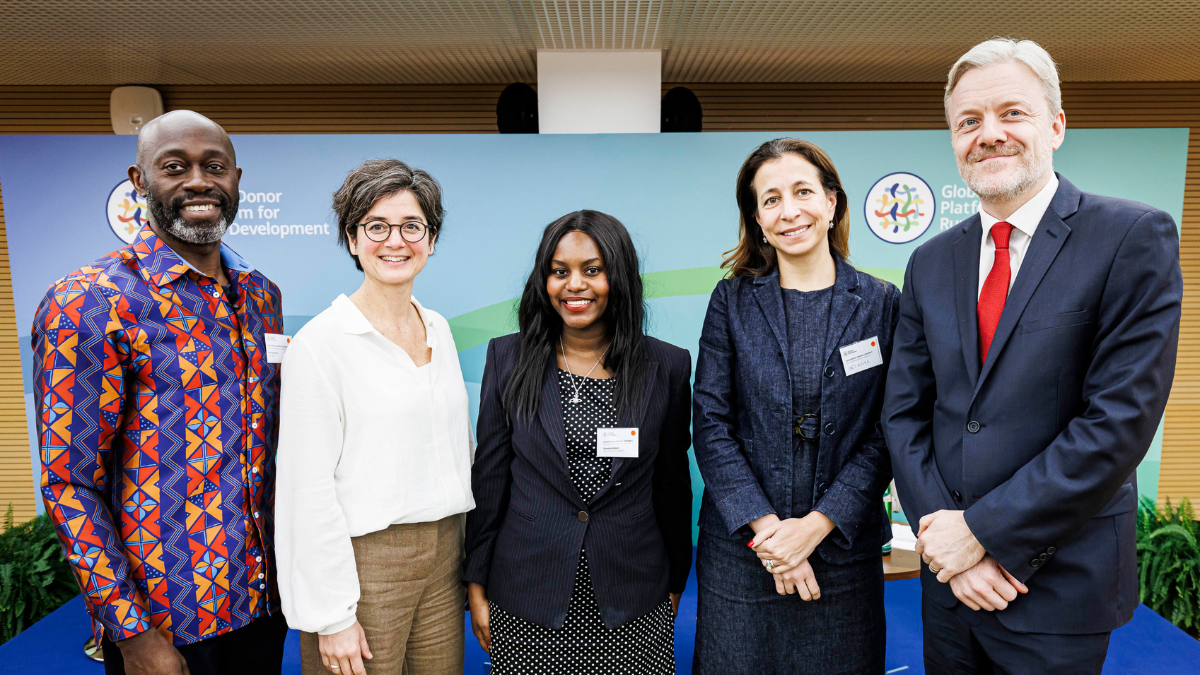
Group photo at the High-Level Session on "Catalytic Development Finance for a Sustainable and Resilient Future" during the 2024 Annual General Assembly. From left to right: Henry Bonsu, Agnes Johan, Georgia Apson, Ines Rocha, and Chris Isaac.
We are all in our own silos. In order to create mutual understanding, we need platforms like this that bring different people together.
Michelle: We've talked a lot about the challenges facing world development and financing. Could you share one promising development that you see happening in the near future?
Agnes: We see that for our partner banks, because we work with a lot of banks in emerging markets, the topic of sustainability is being embraced very quickly. I think that is a very positive sign. I had always feared that sustainability wouldn't rank too high in terms of priority. But they are really embracing it and also recognizing that it is a crucial element for them to move forward in financing of certain sectors,
For example, what we saw with banks in Africa is that they jumped, or leapfrogged, as you call it; they moved immediately into mobile banking, and I really hope they're also leapfrogging in terms of embedding sustainability—whether via KPIs or by assessing credit proposals and better balancing their portfolios. I hope they leapfrog ahead of all the other banks in the world.
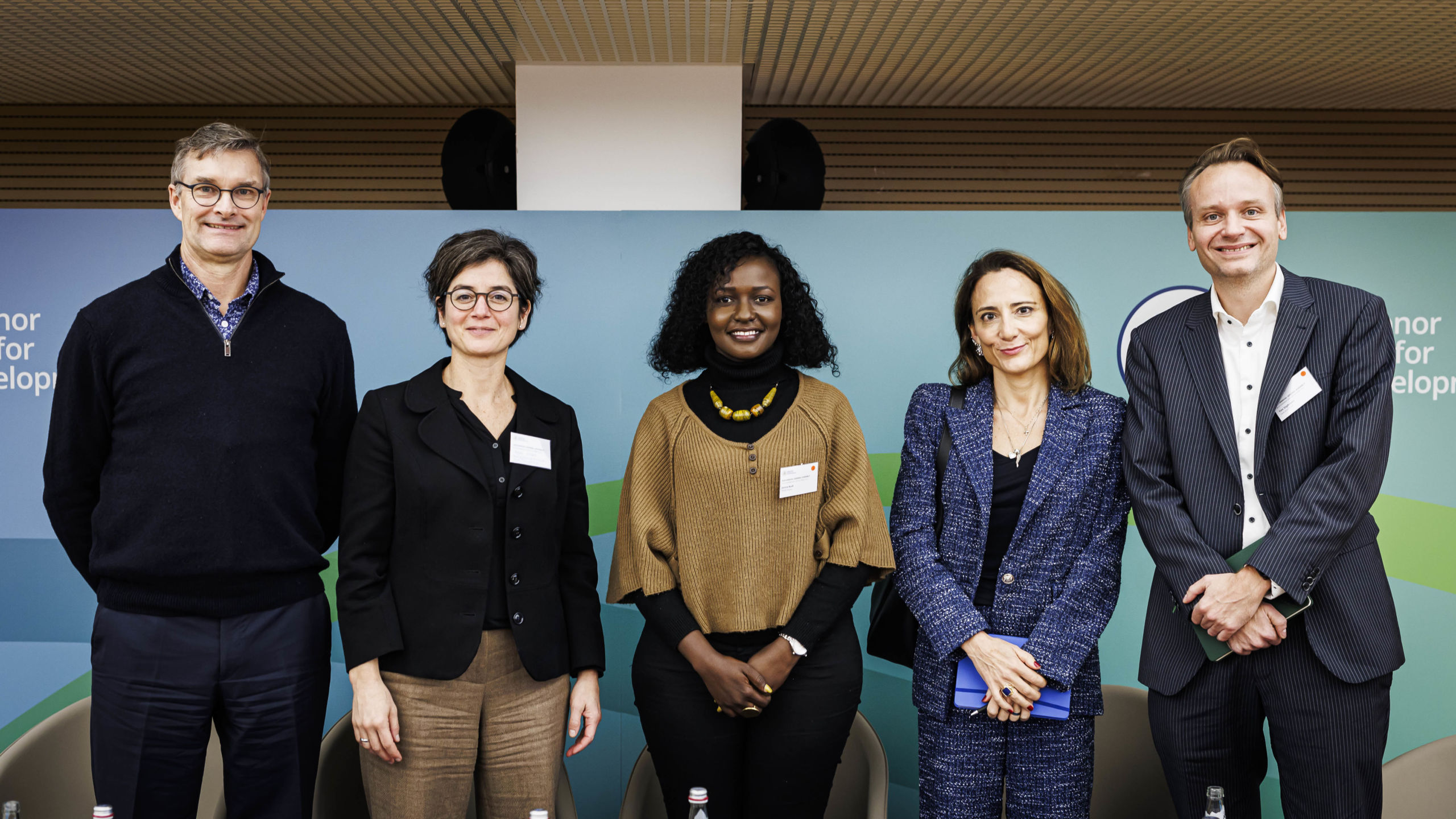
Group photo at the "Synthesis Panel: Implications of the AGA discussions on finance and GDPRD future directions" during the 2024 Annual General Assembly. From left to right: Jim Woodhill, Agnes Johan, Jenice Achieng, Natalia Toschi, and Tim Diphoorn.
Michelle: How can the Global Donor Platform stay relevant during this year’s focus on finance?
Agnes: I think that by organizing the AGA is already super relevant because it brings all the different stakeholders around the table and that just doesn't happen otherwise. We are all in our own silos. In order to create mutual understanding, we need platforms like this that bring different people together.
Michelle: What is one message you would like the donor community to walk away with?
Agnes: We feel a sense of urgency because we need to come up with solutions for the youth. That is a key message. But another important thing is that we need to start understanding each other. We all speak a different language, so we need to develop a vocabulary that everybody understands. Only then can we finally reach solutions. If we continuously have mismatched communication, we won't reach the goals we are actually working toward.
I hope that this one of the takeaways. It will facilitate coordination, facilitate thinking about solutions, and bring energy to the table.
Learn more about the 2024 Annual General Assembly on "Financing Food Systems Transformation and Rural Revitalization" and the new GDPRD Thematic Working Group on Sustainable/Blended Finance for Food Systems.
Photos: ©Flavio Ianniello/IFAD
